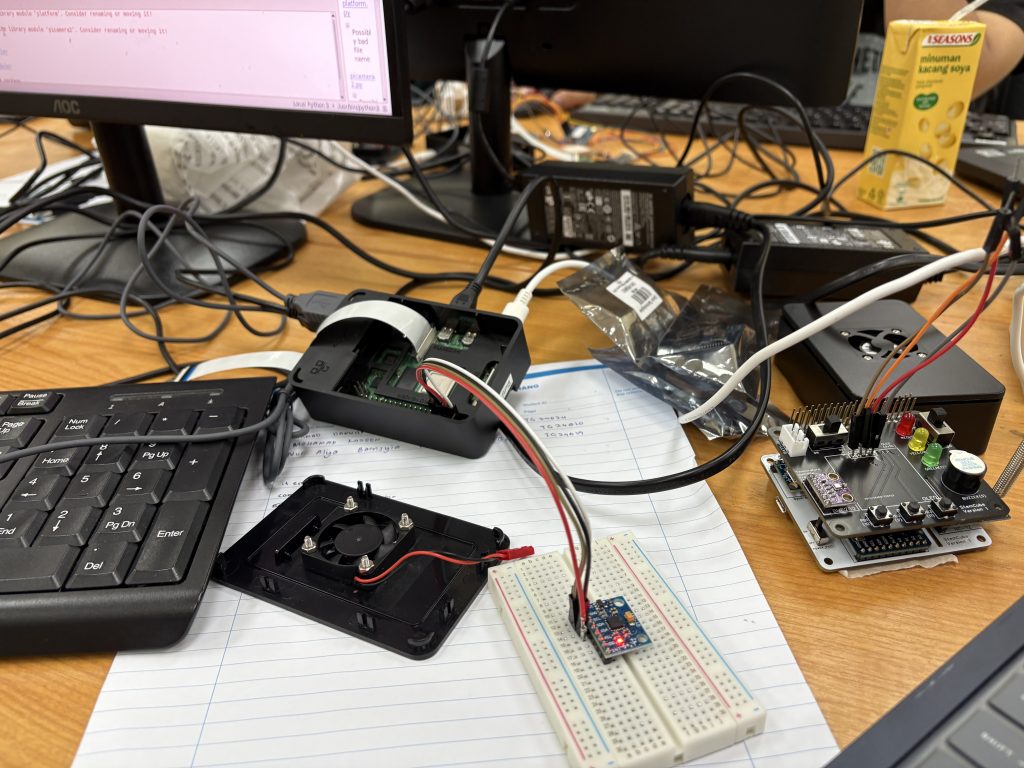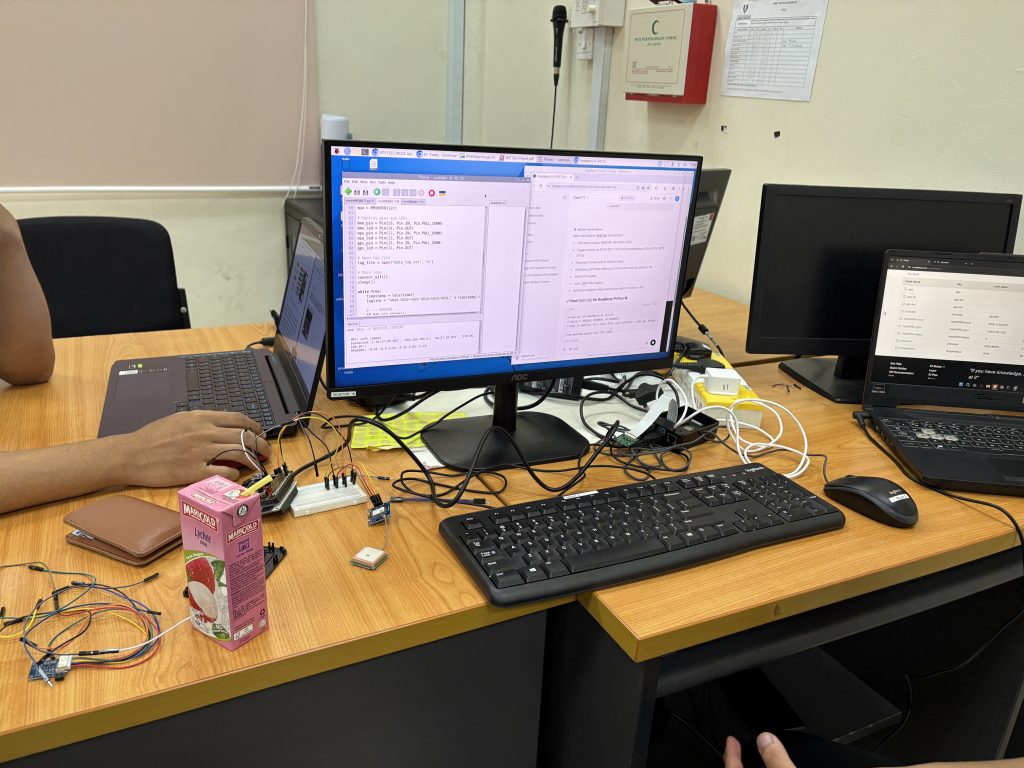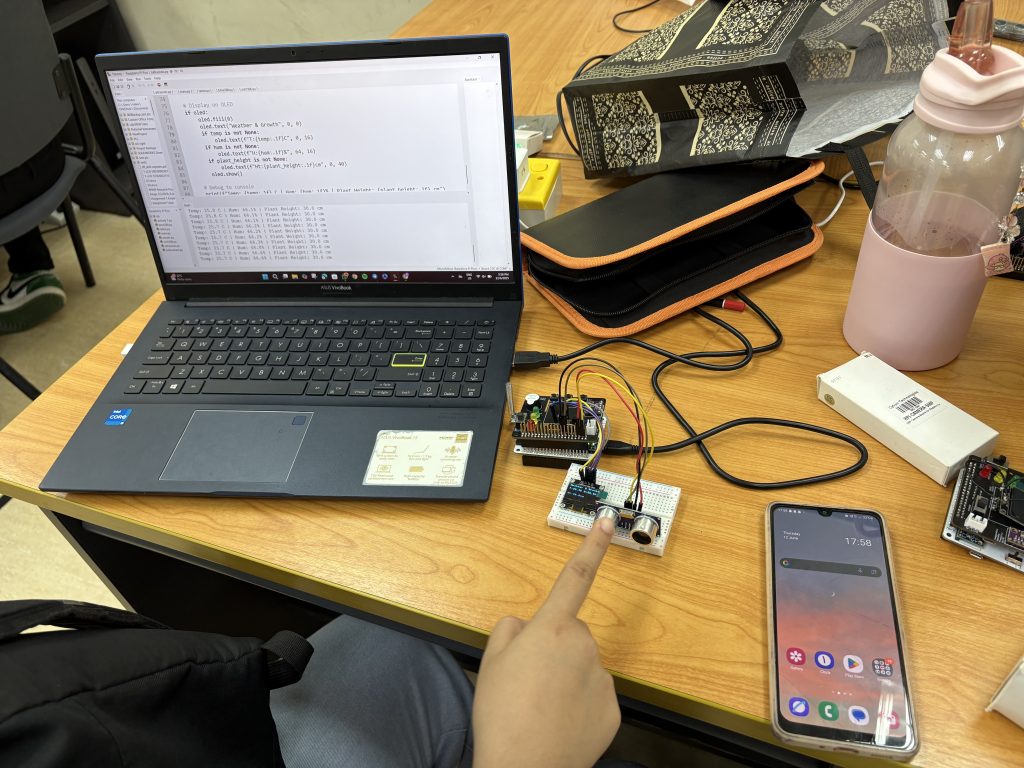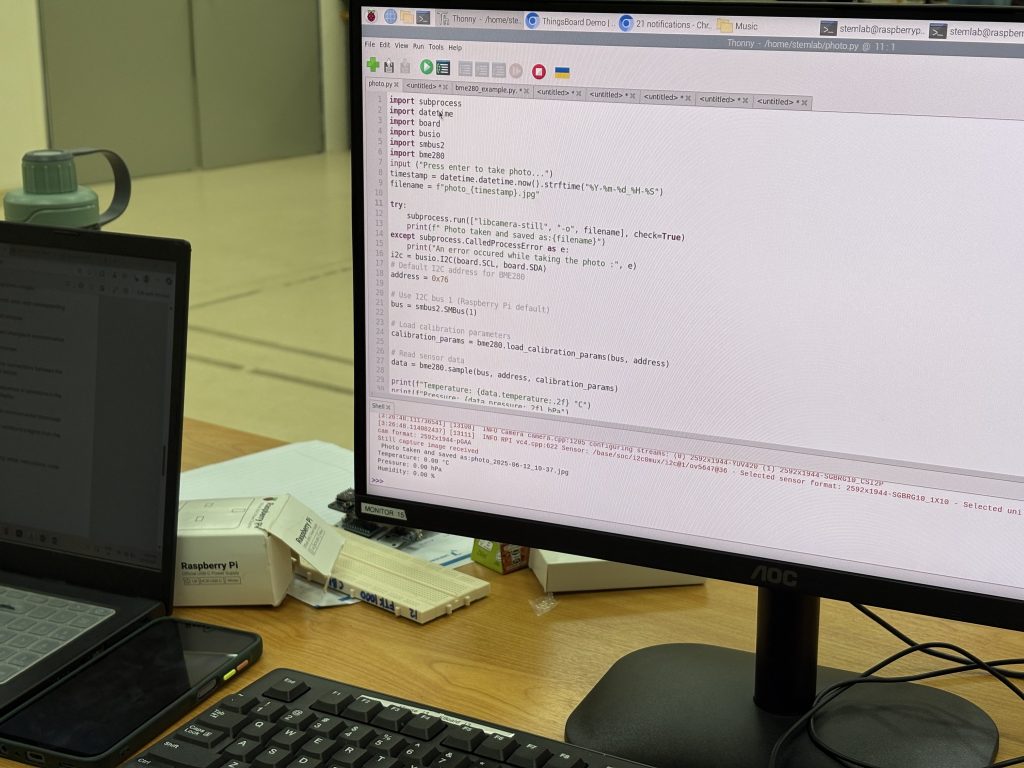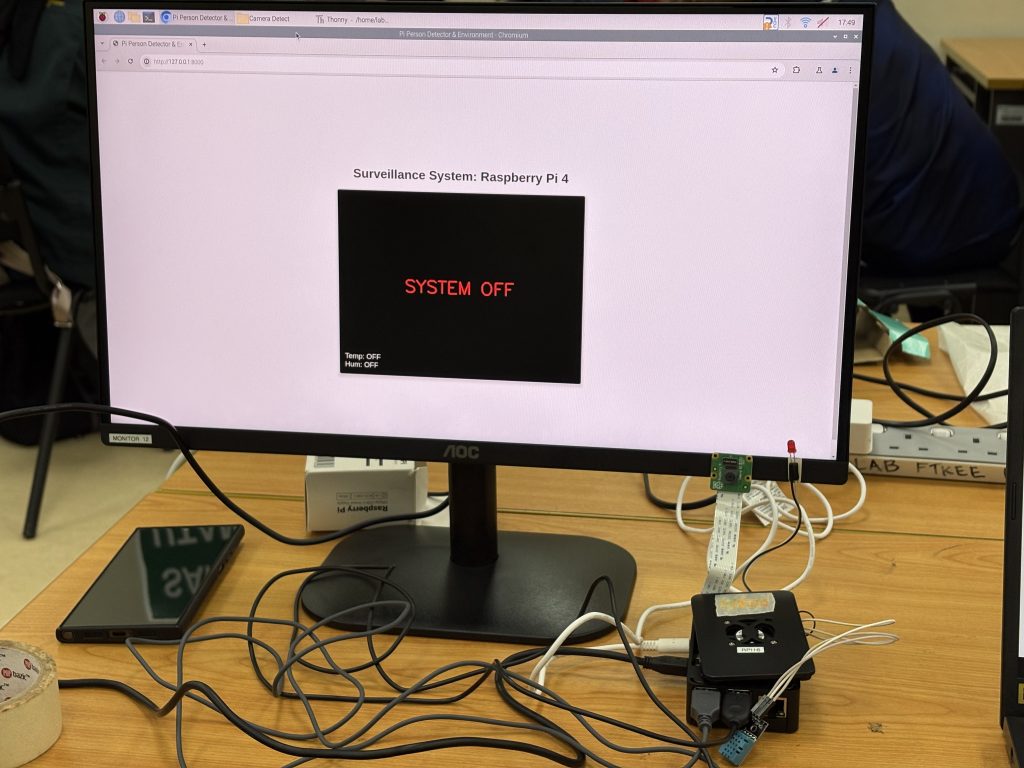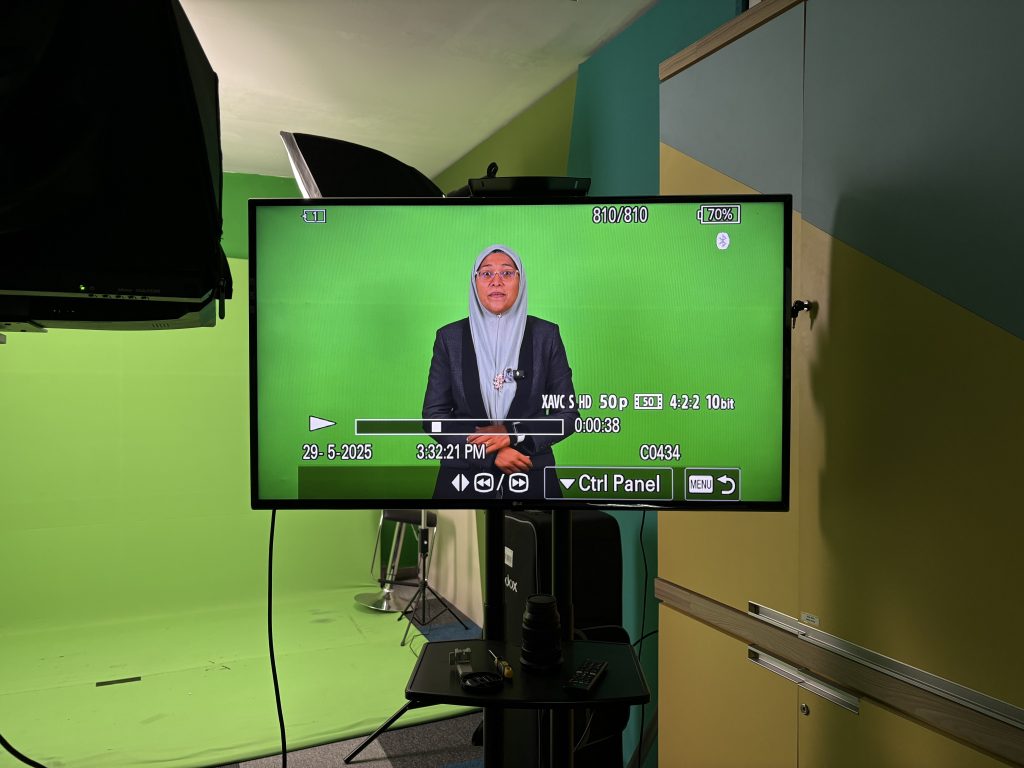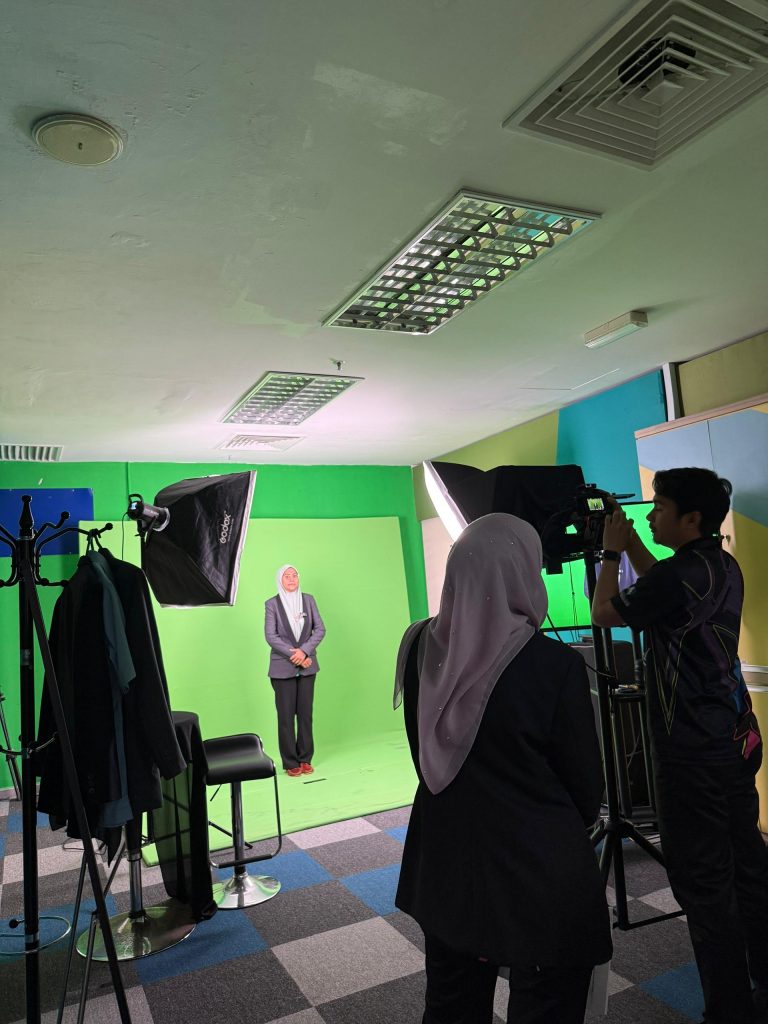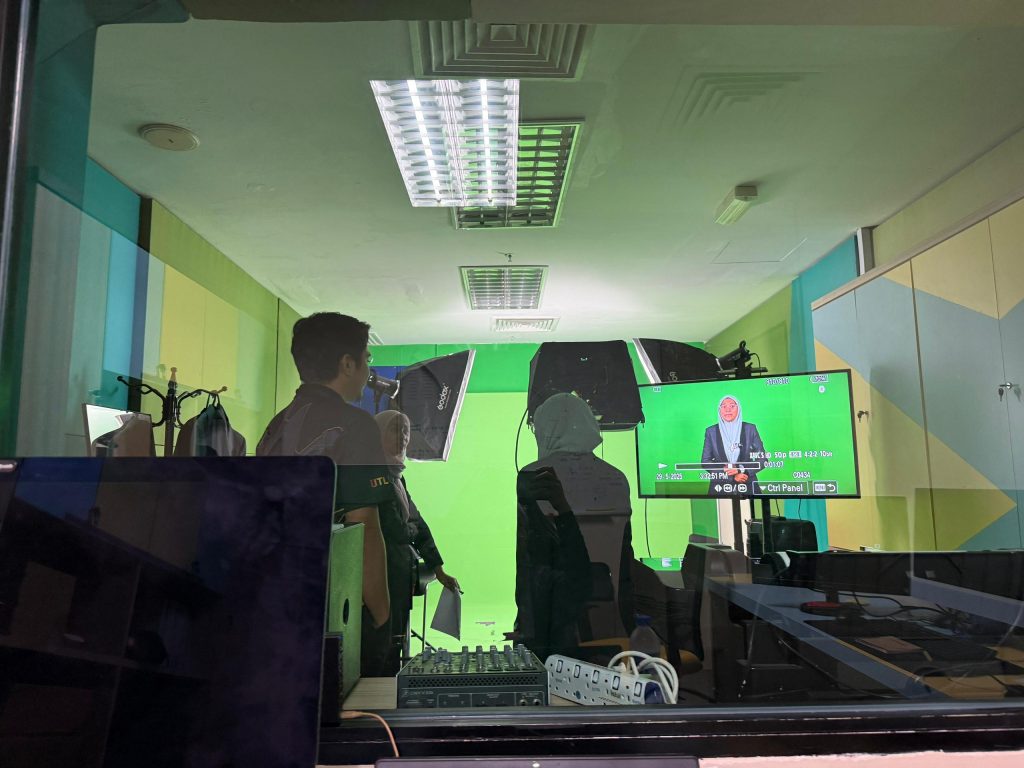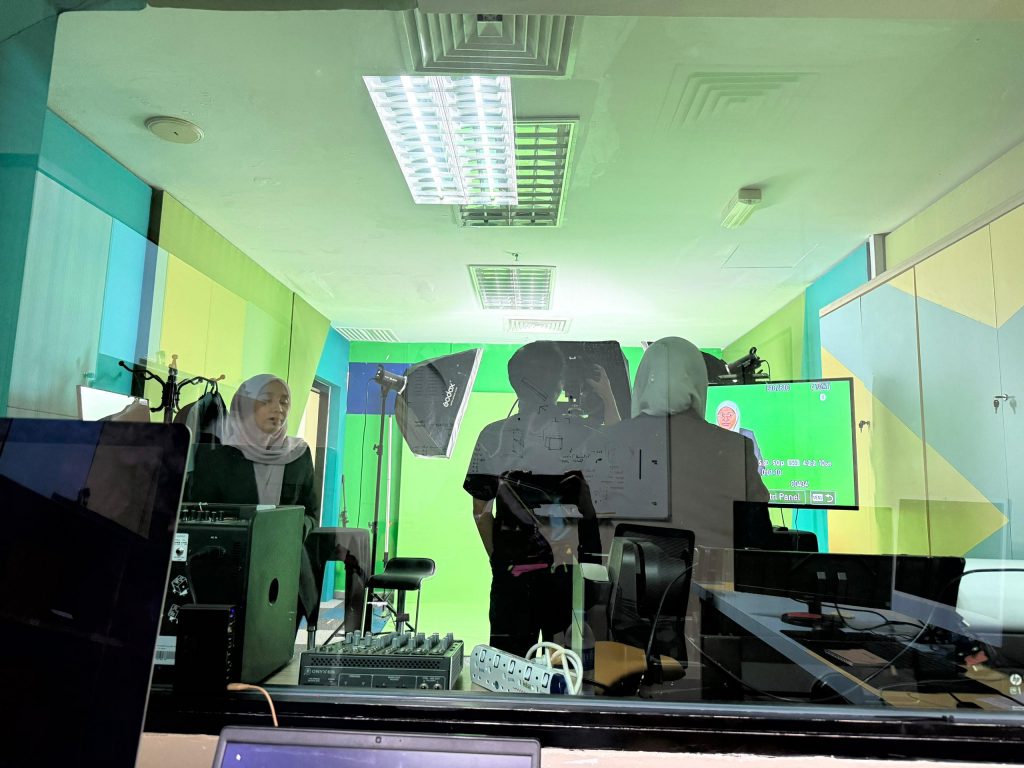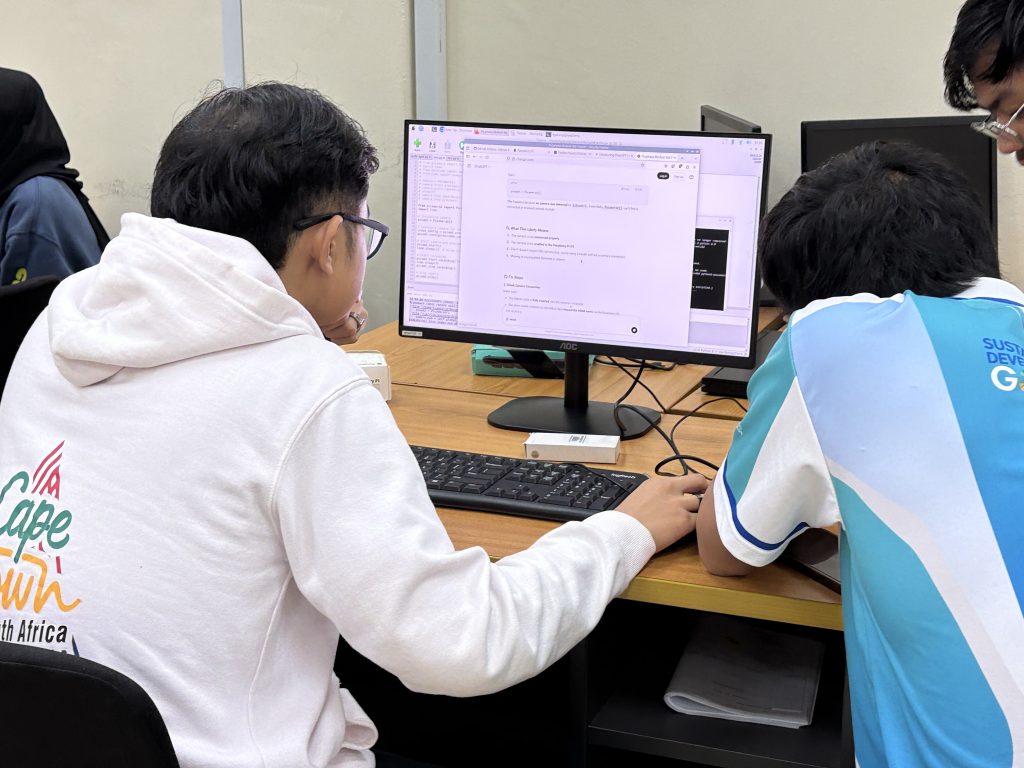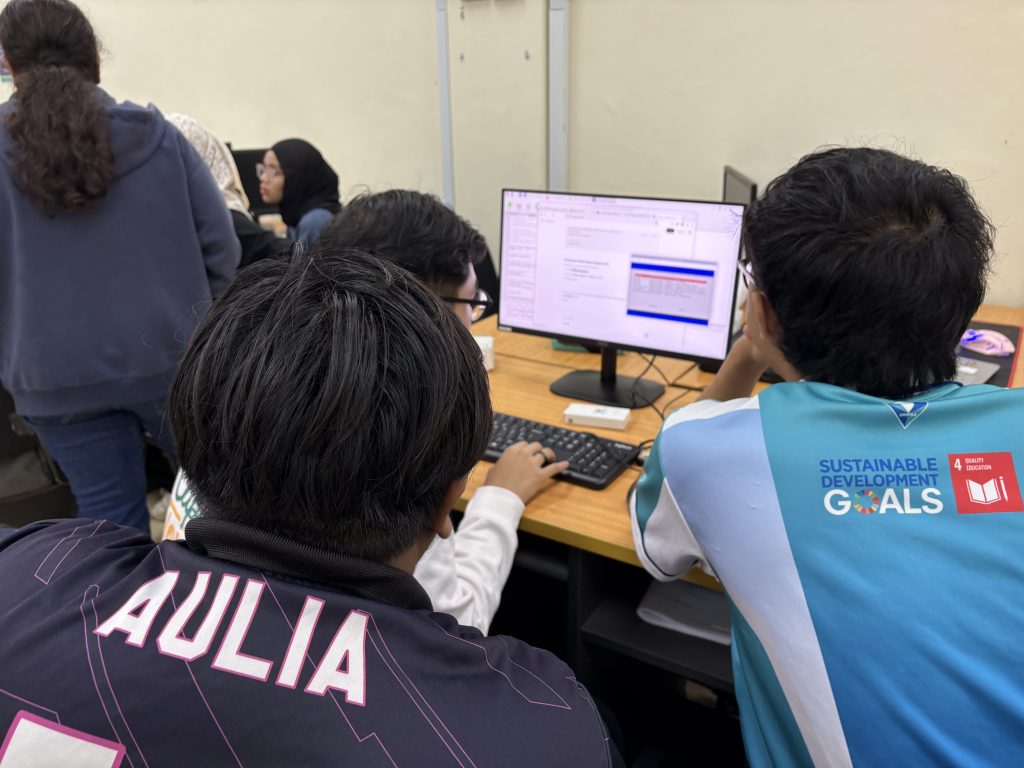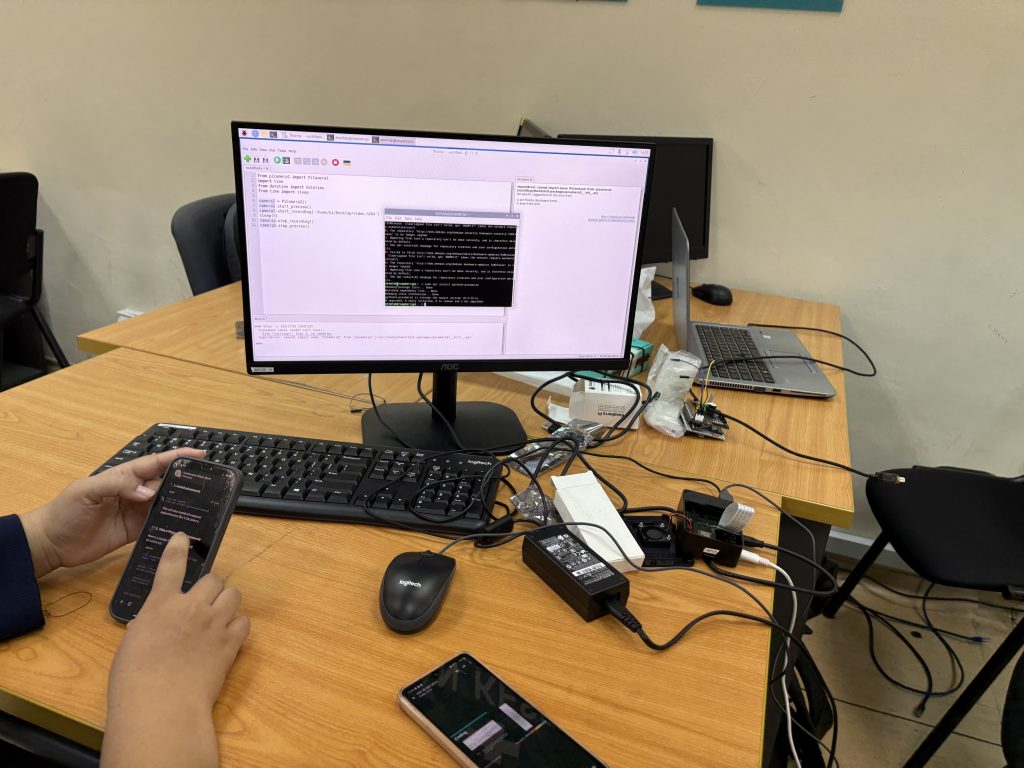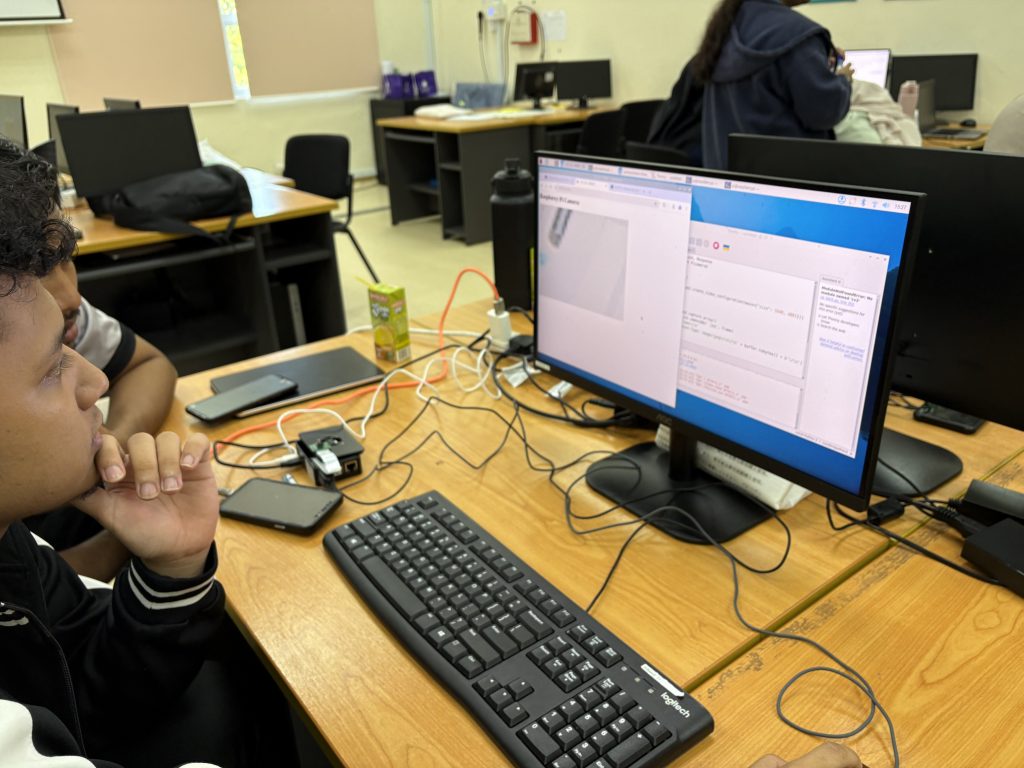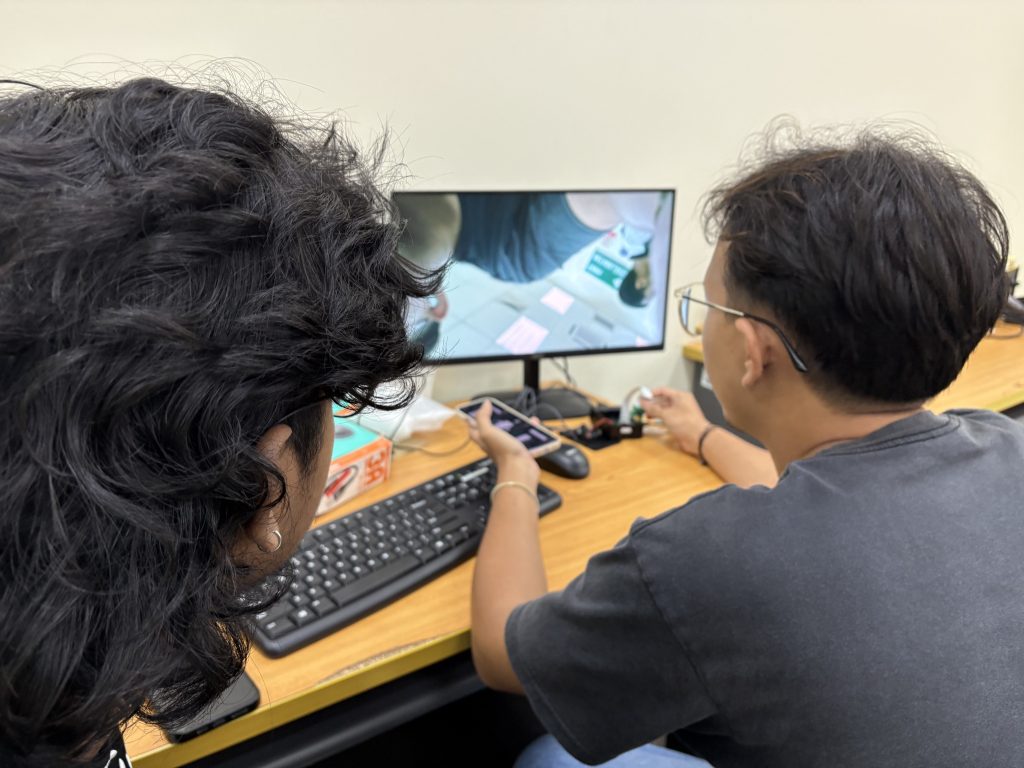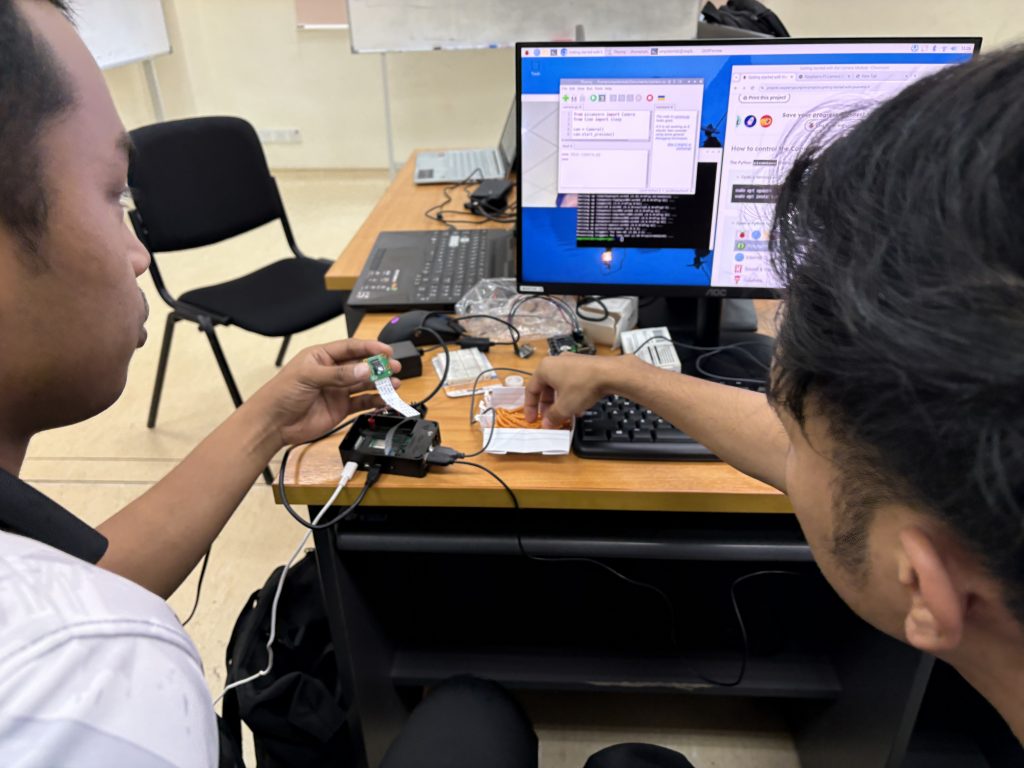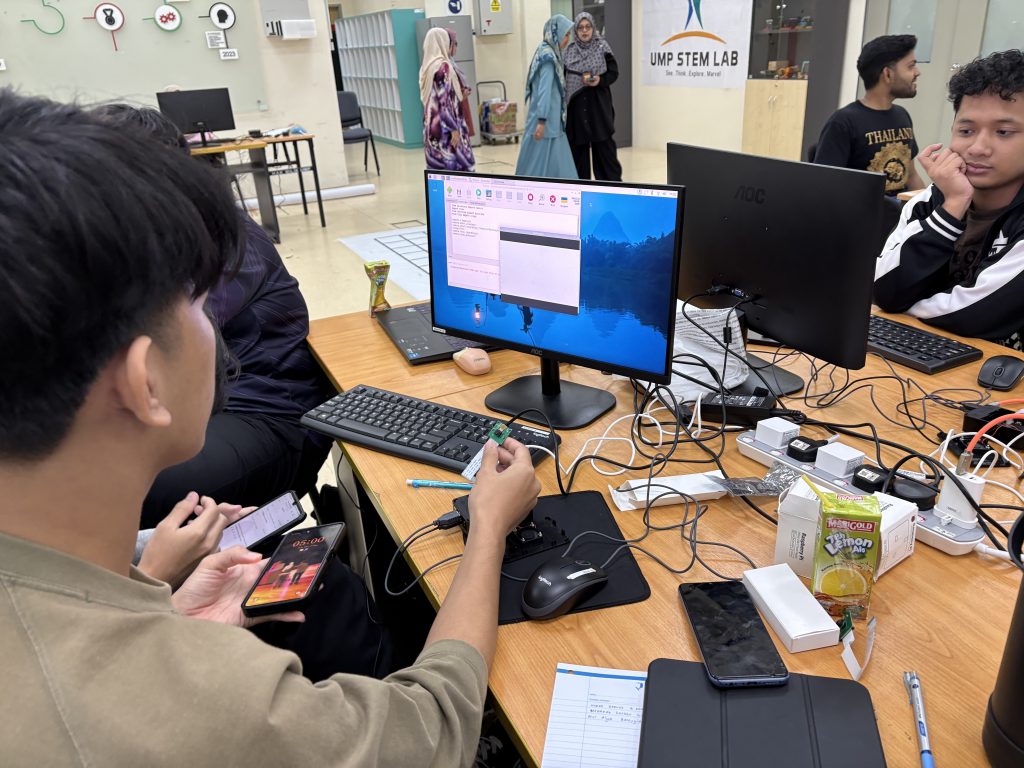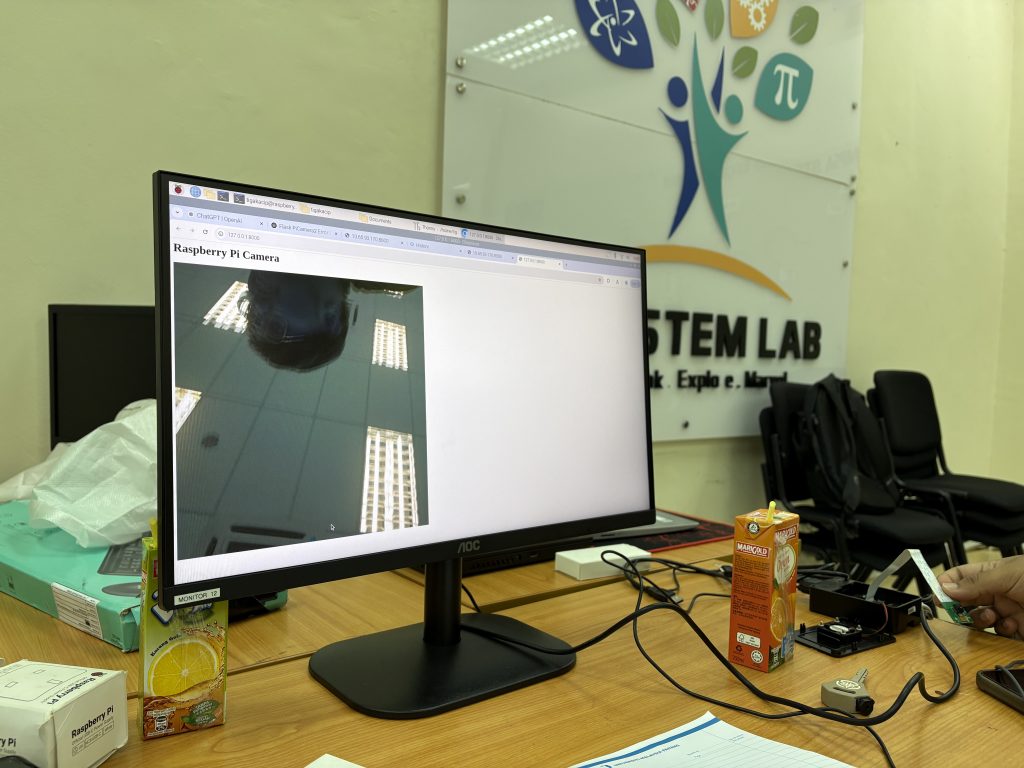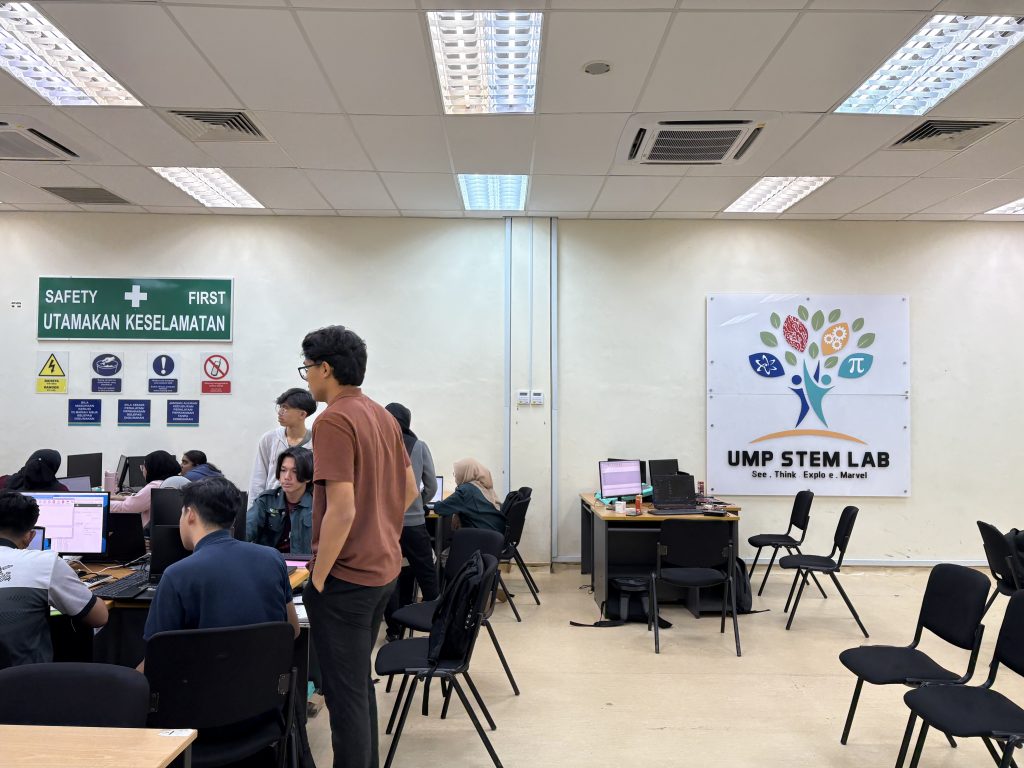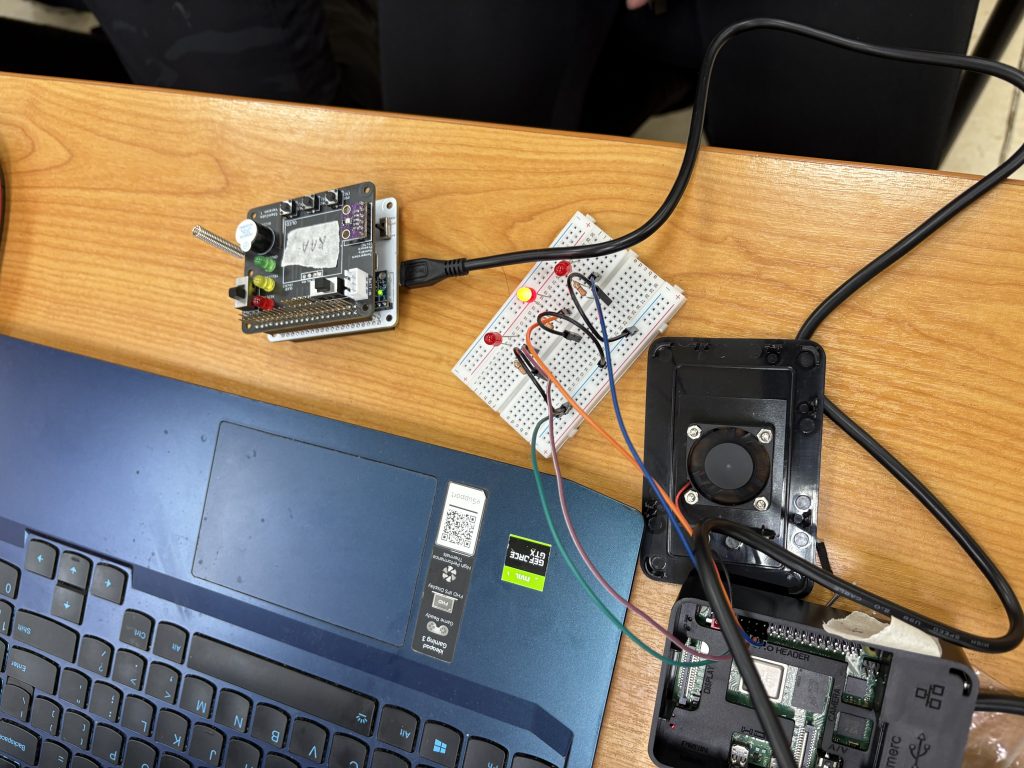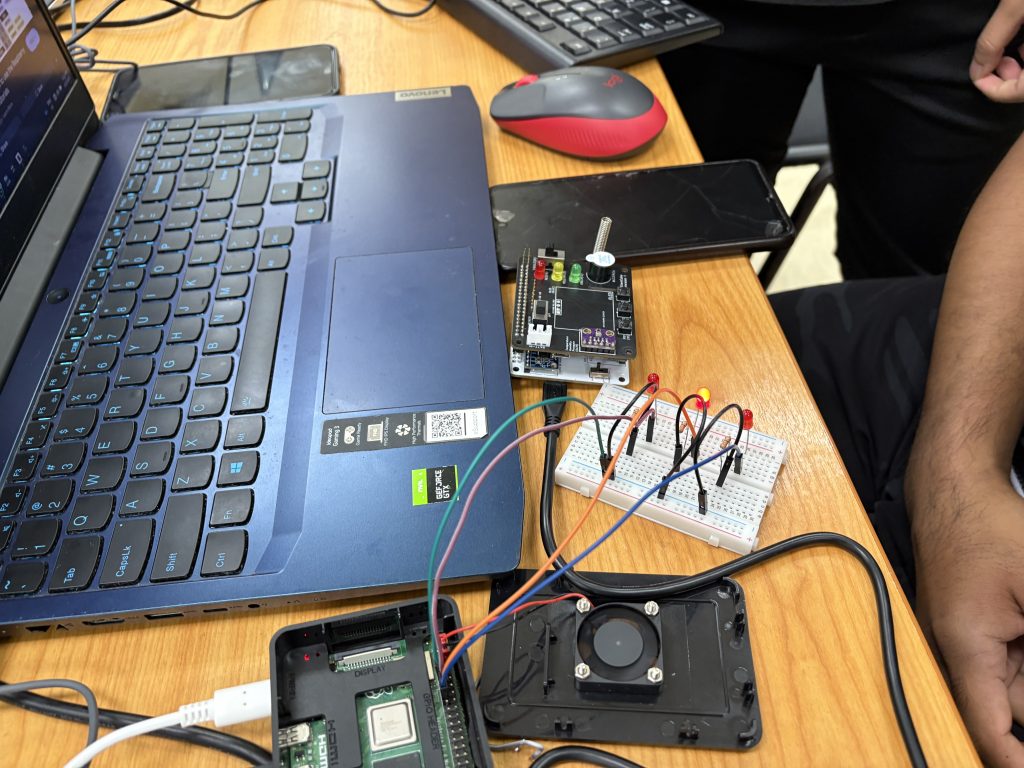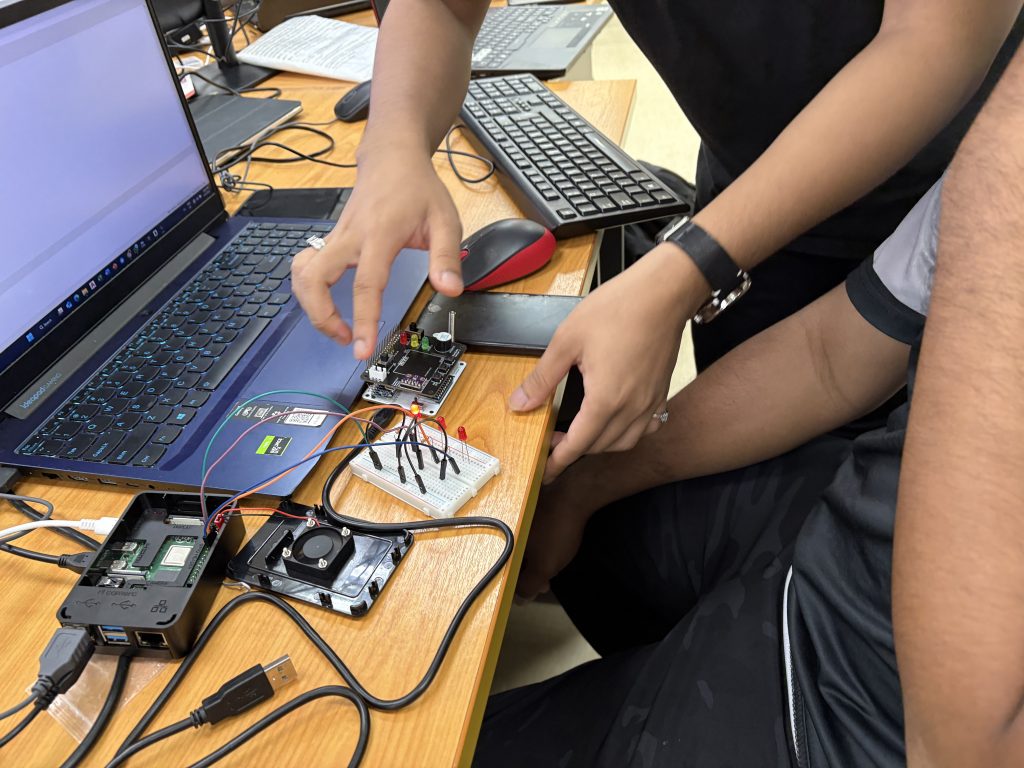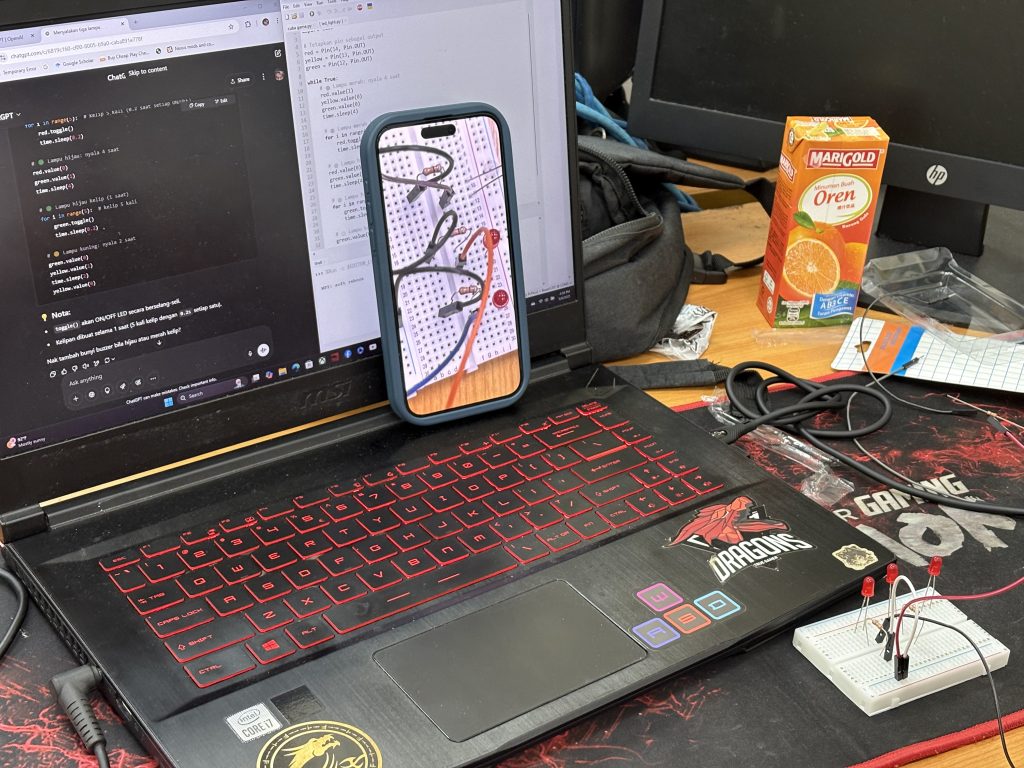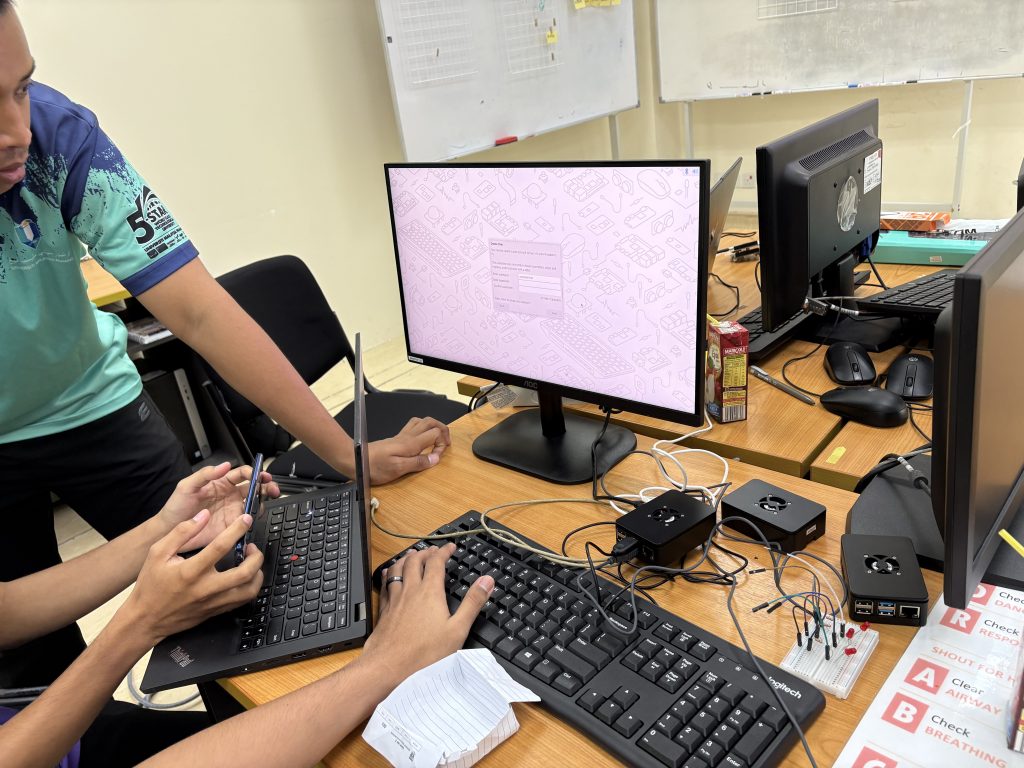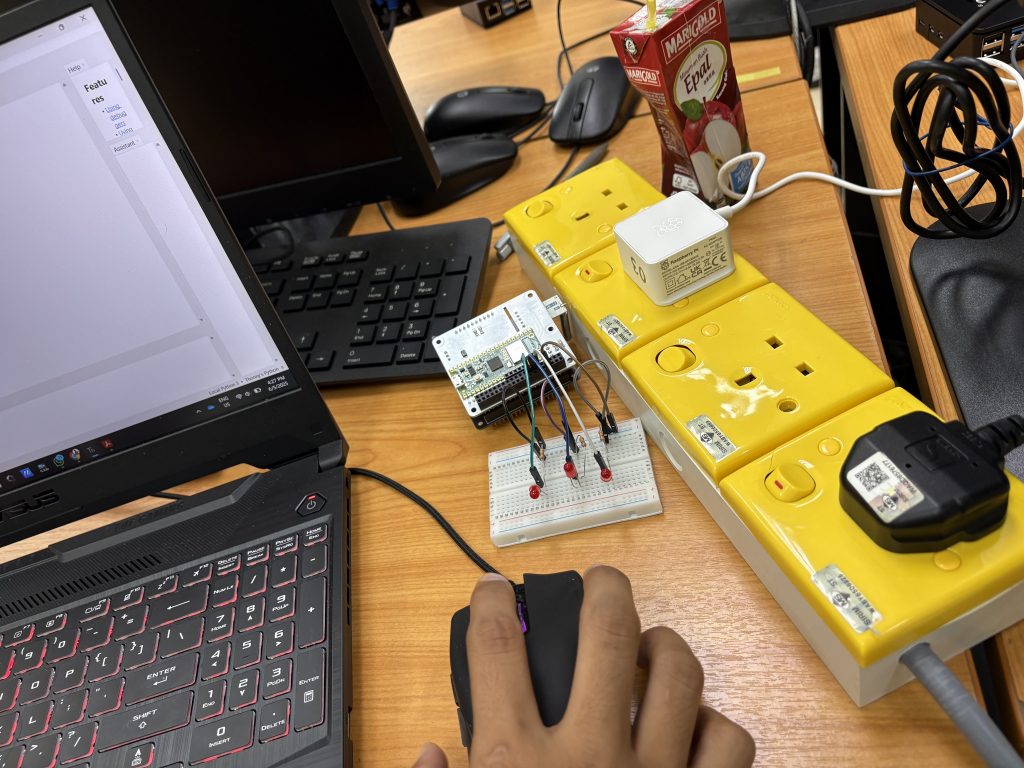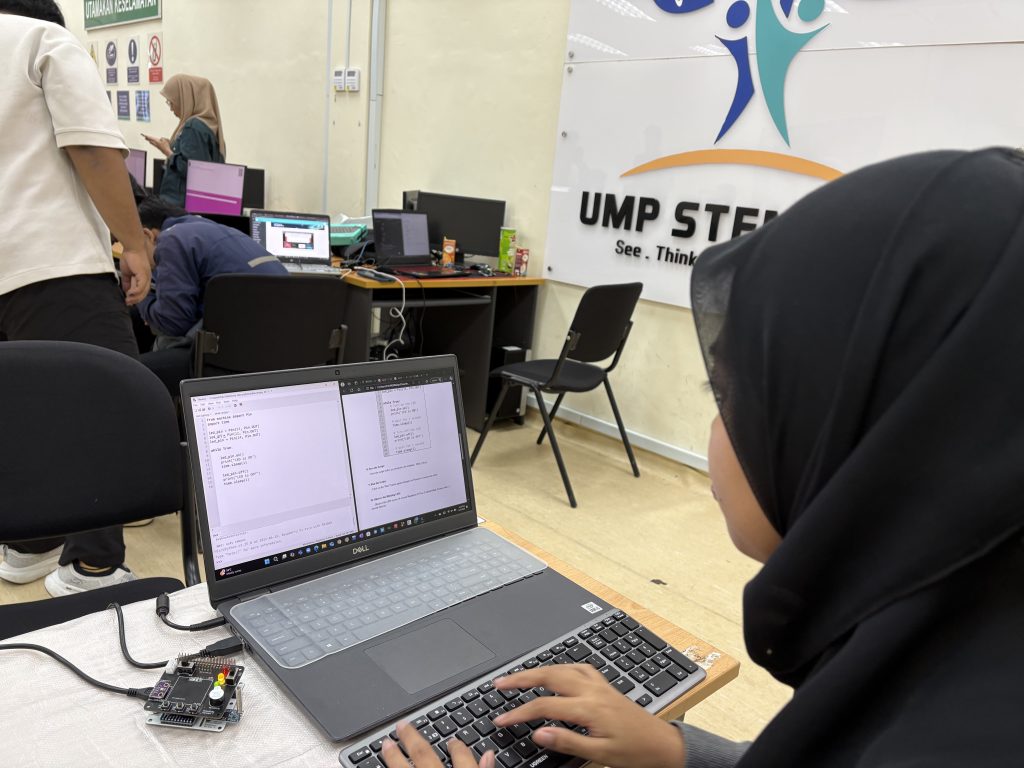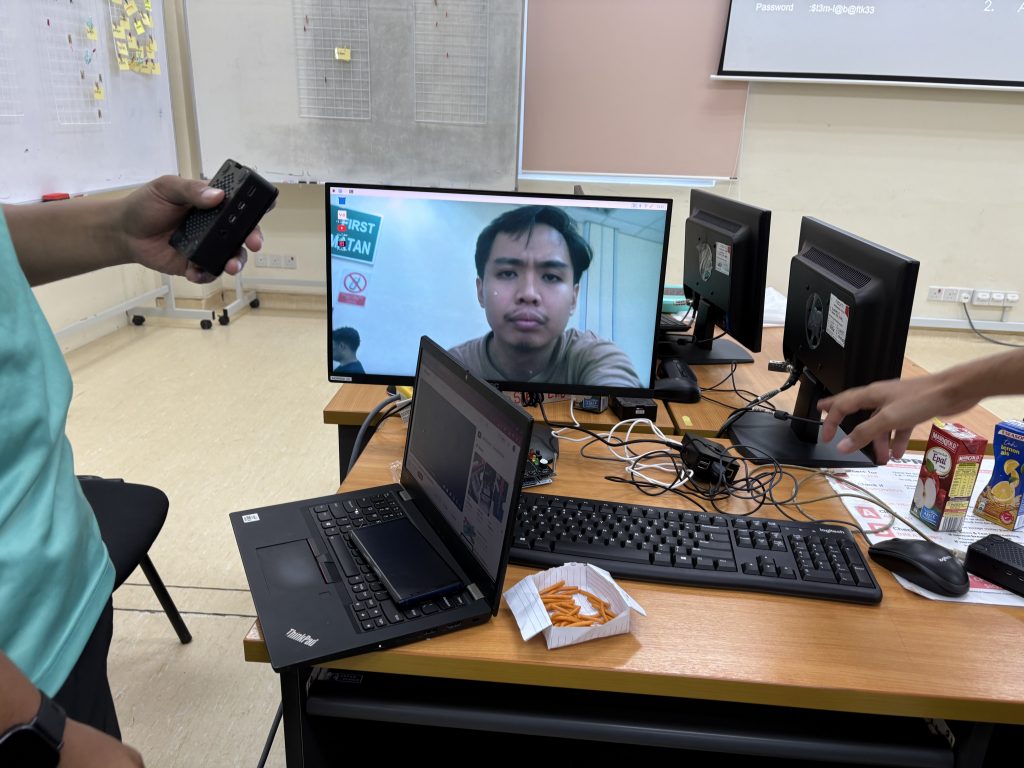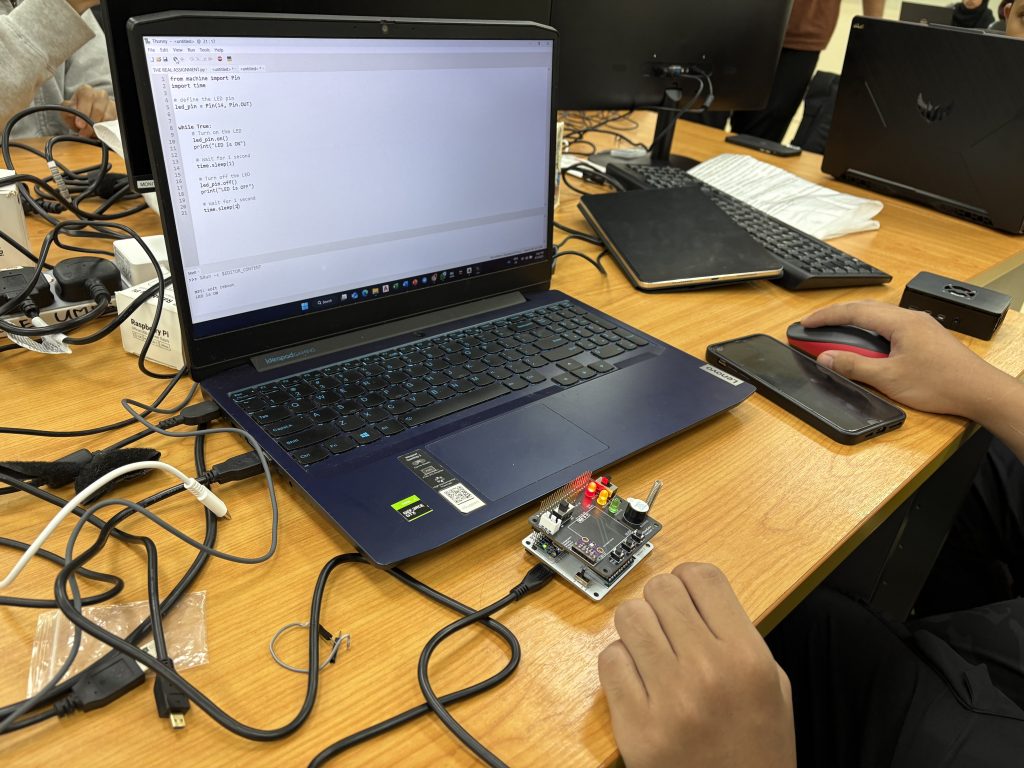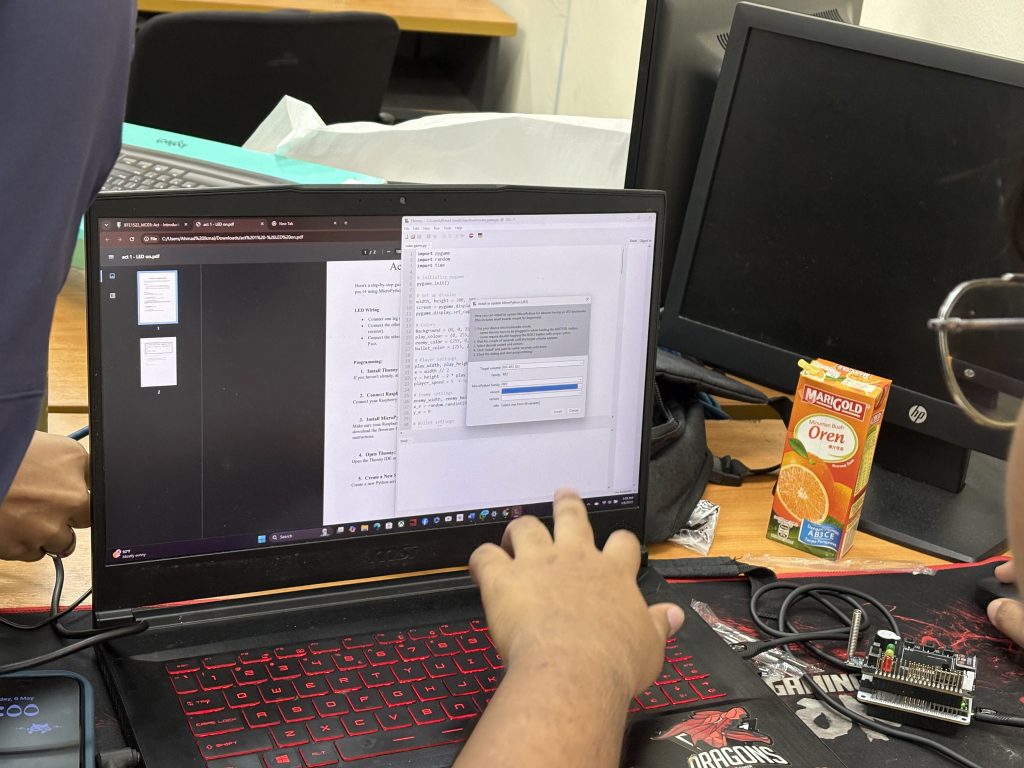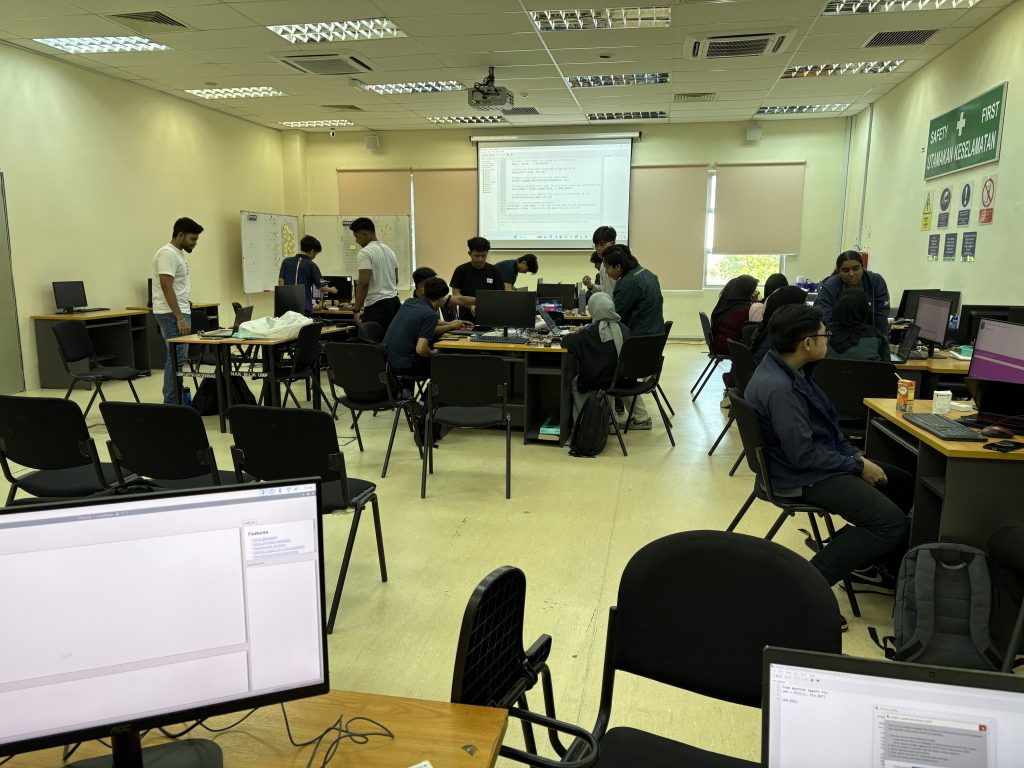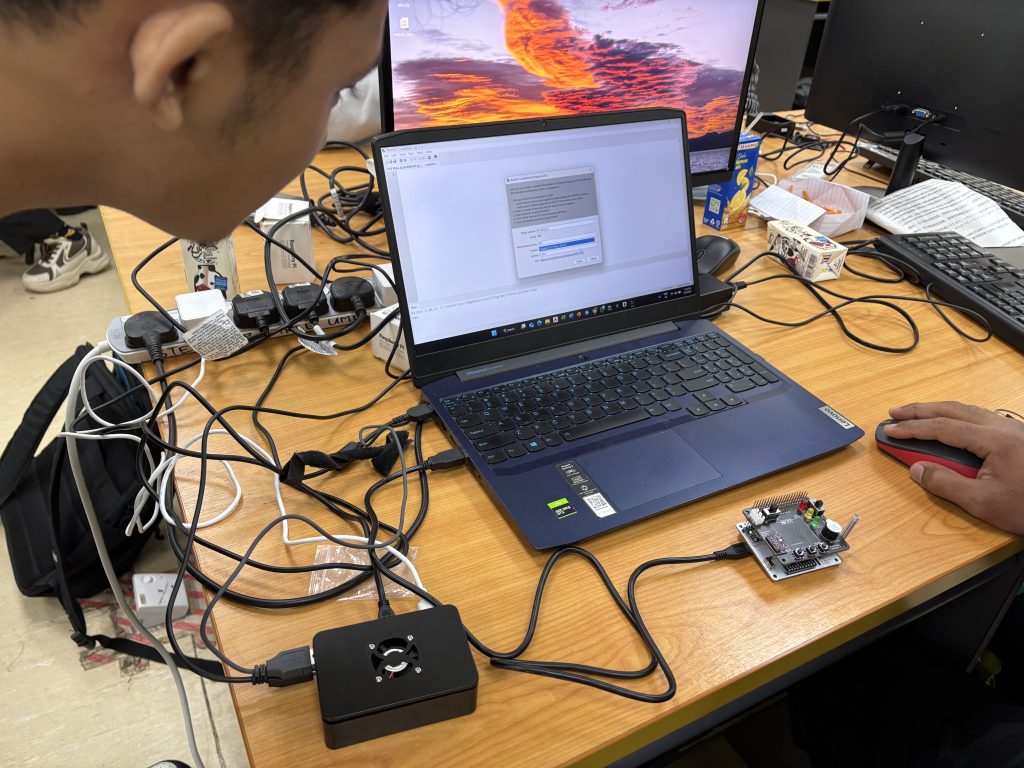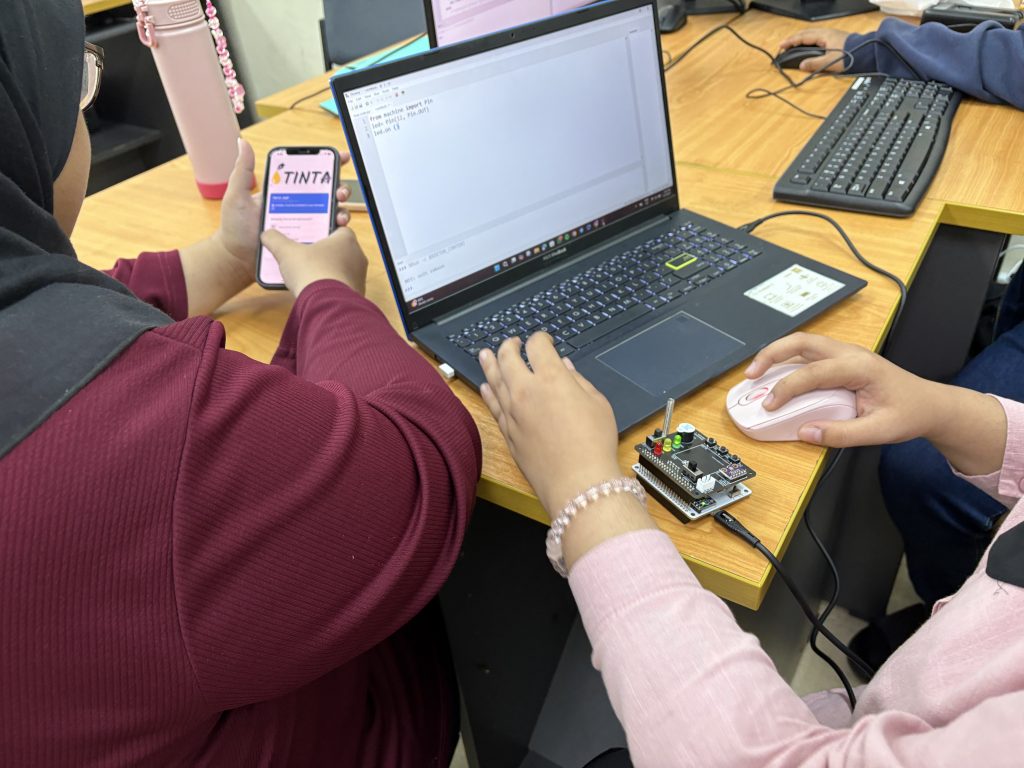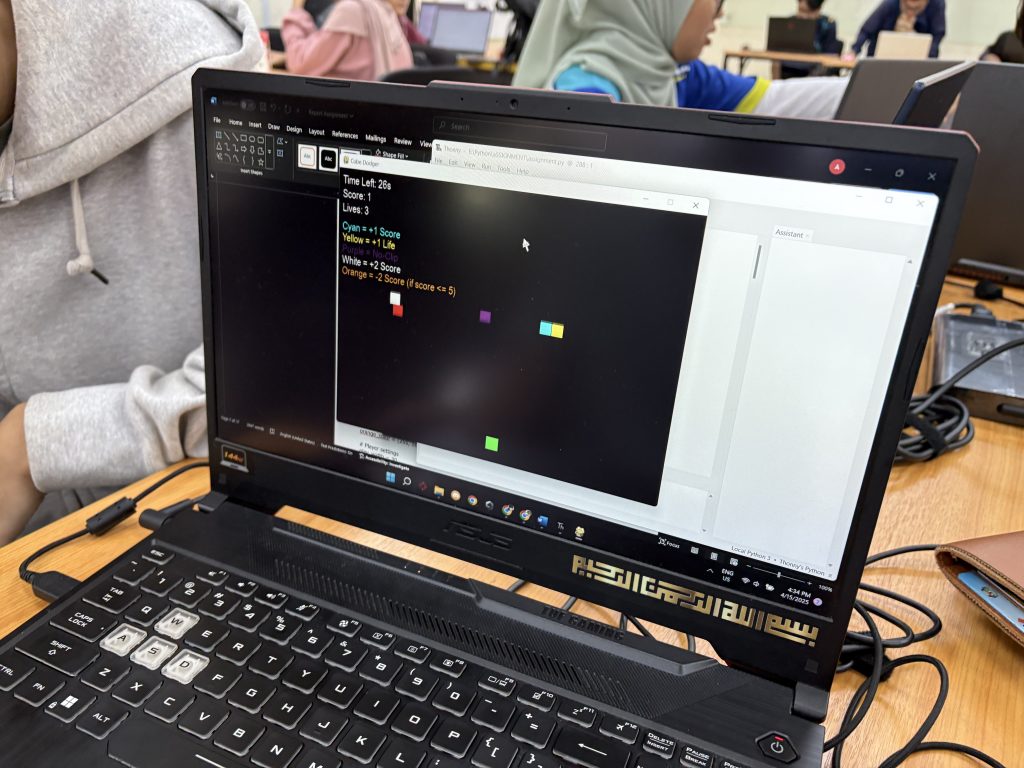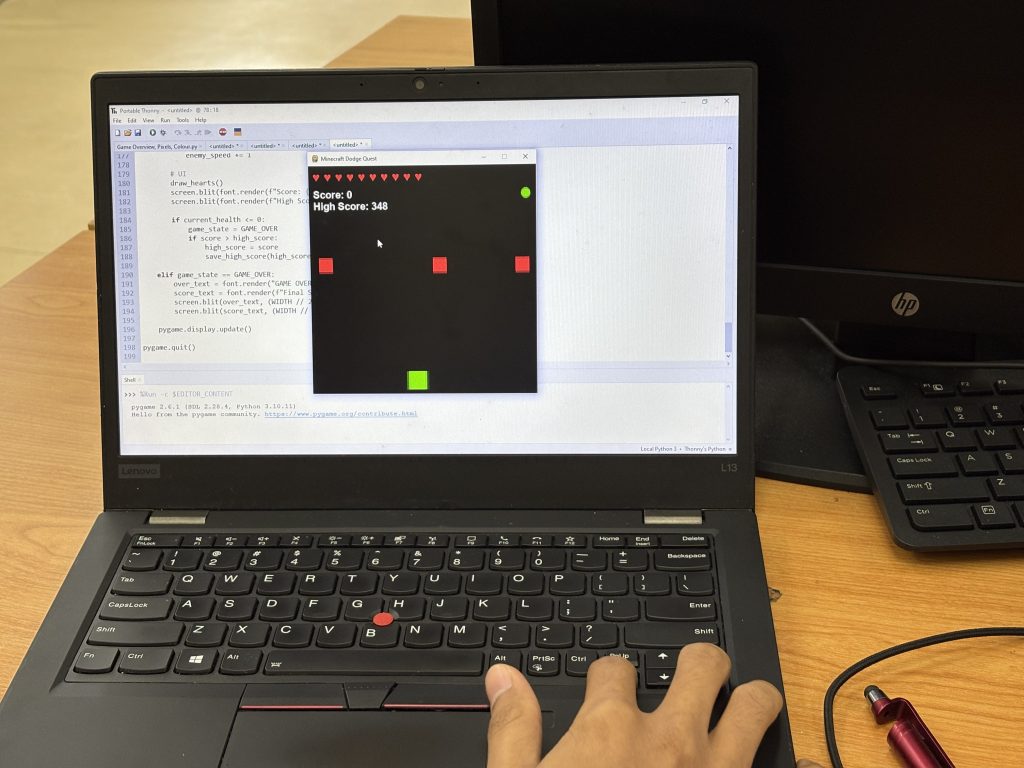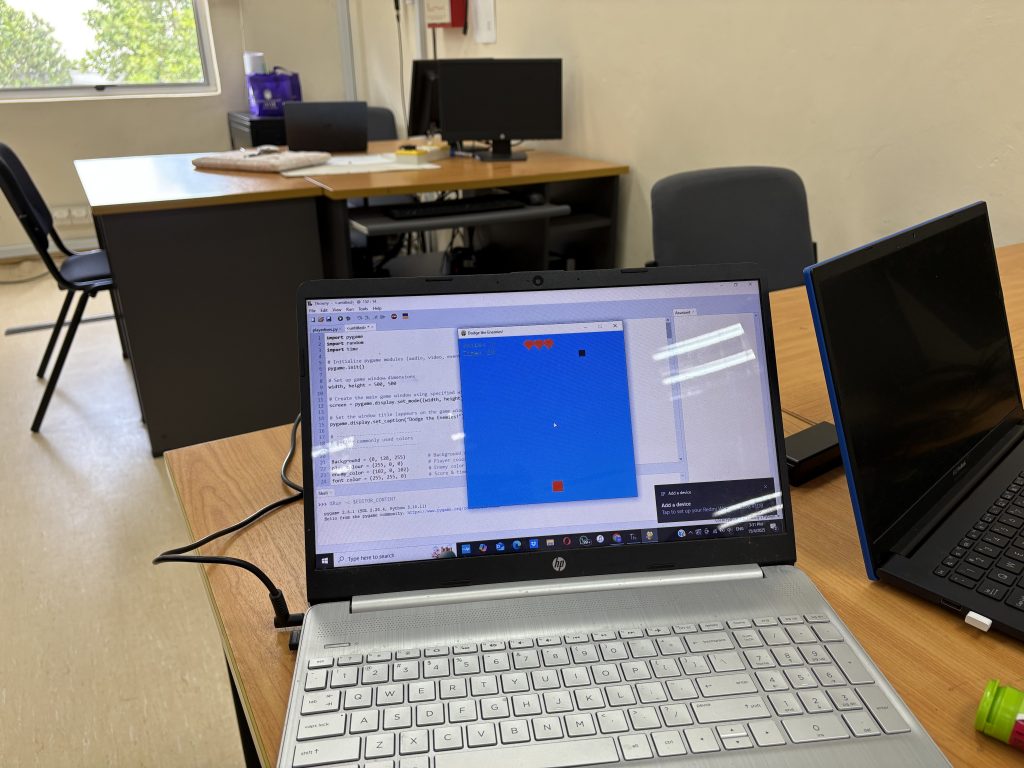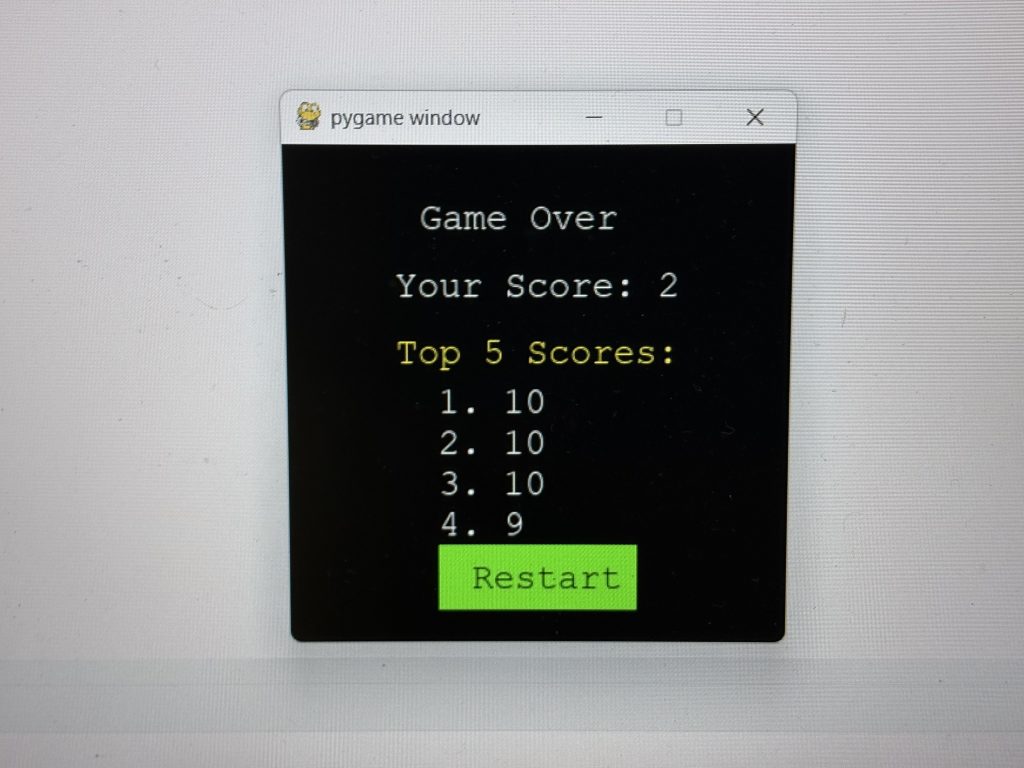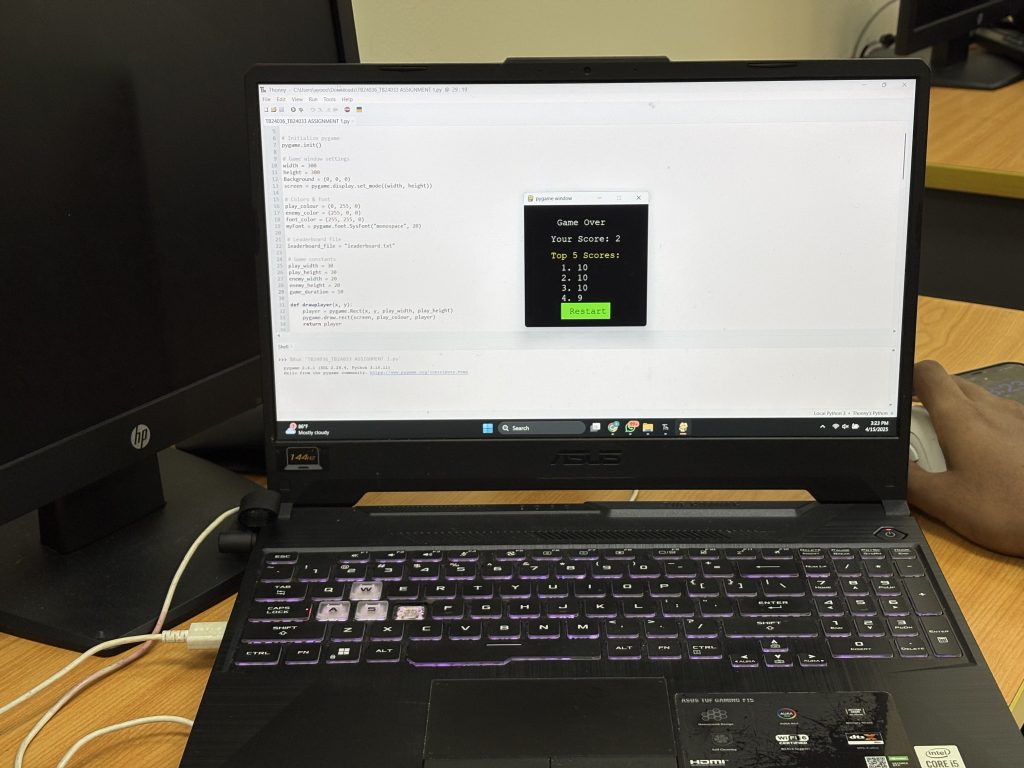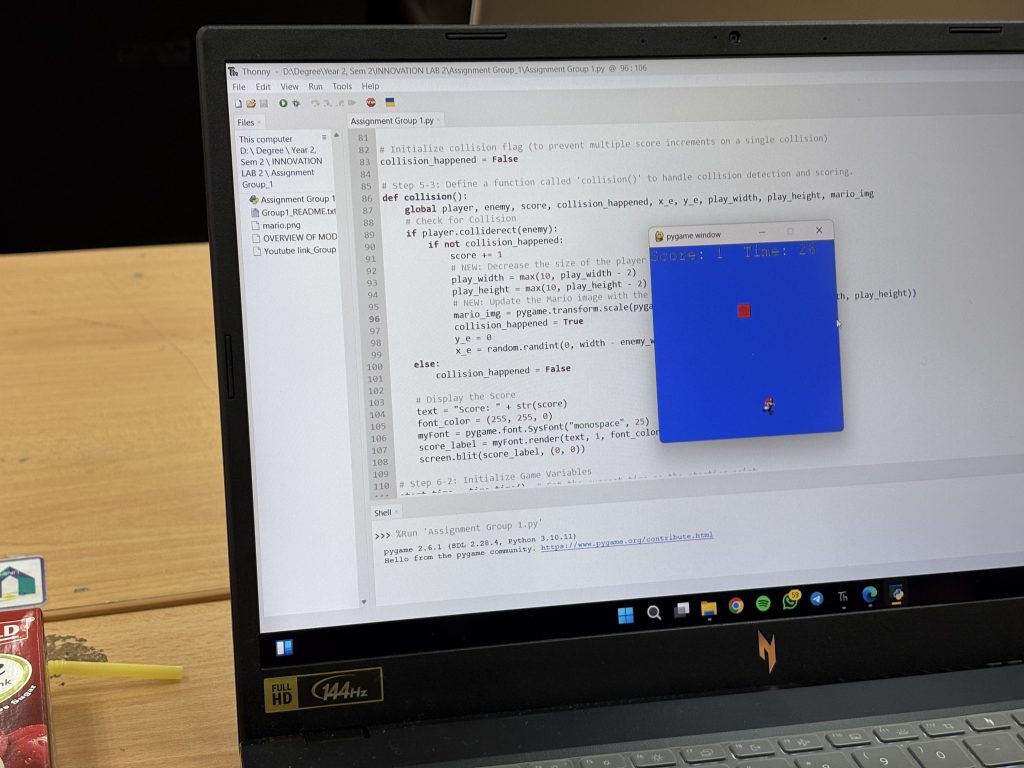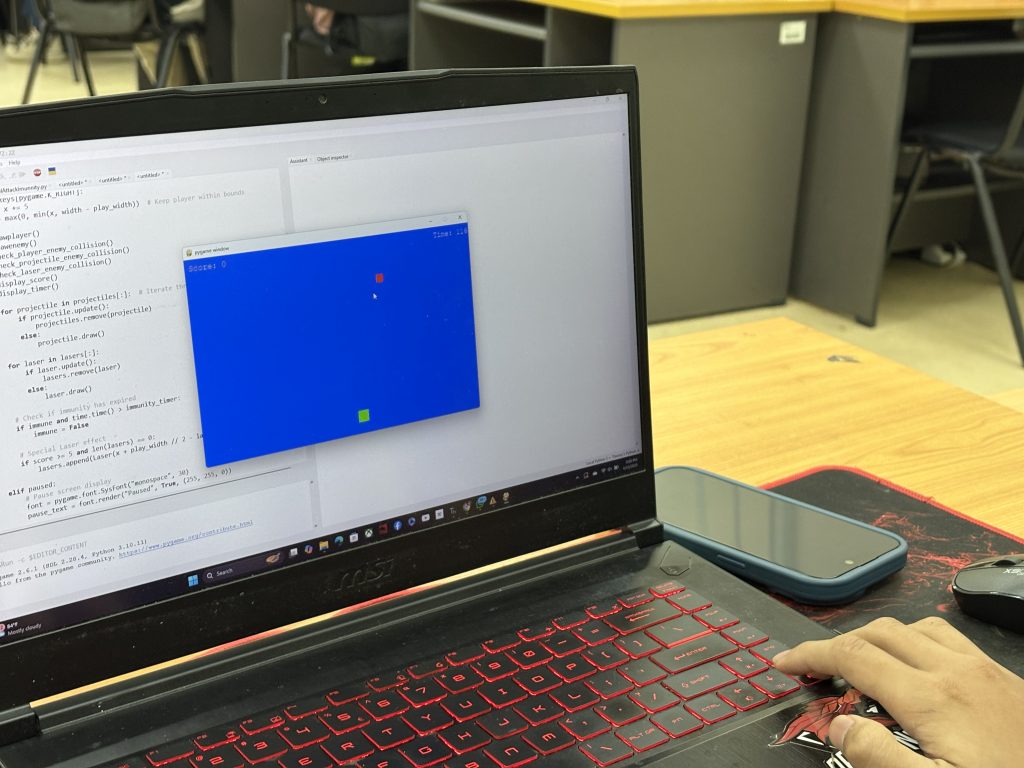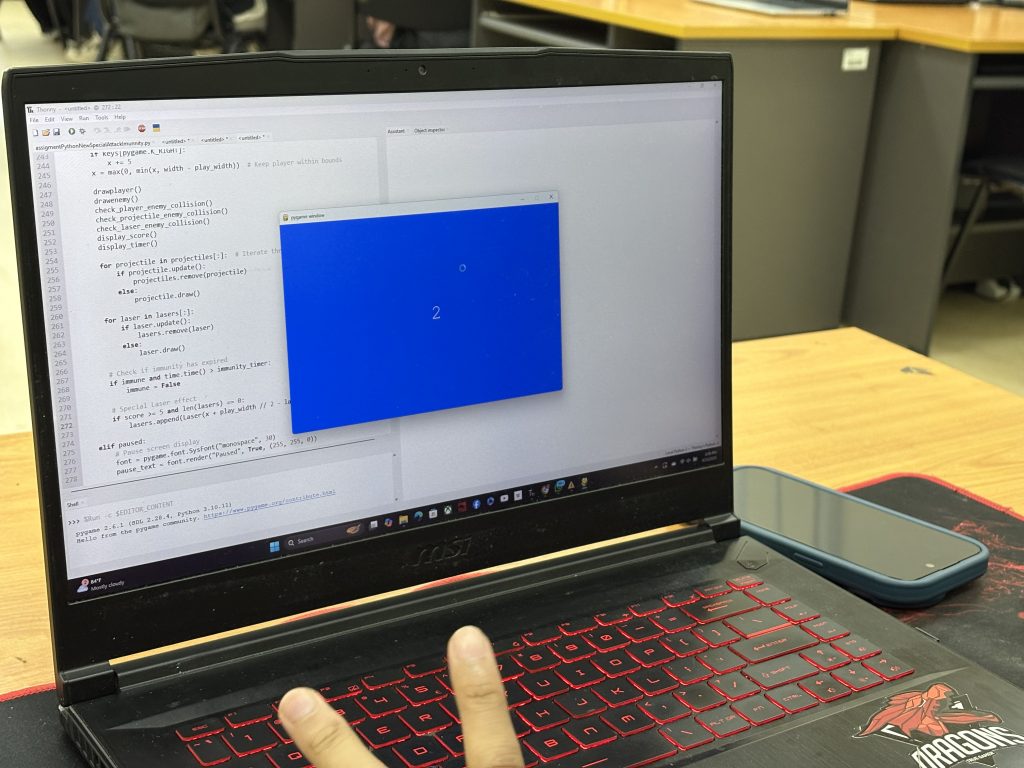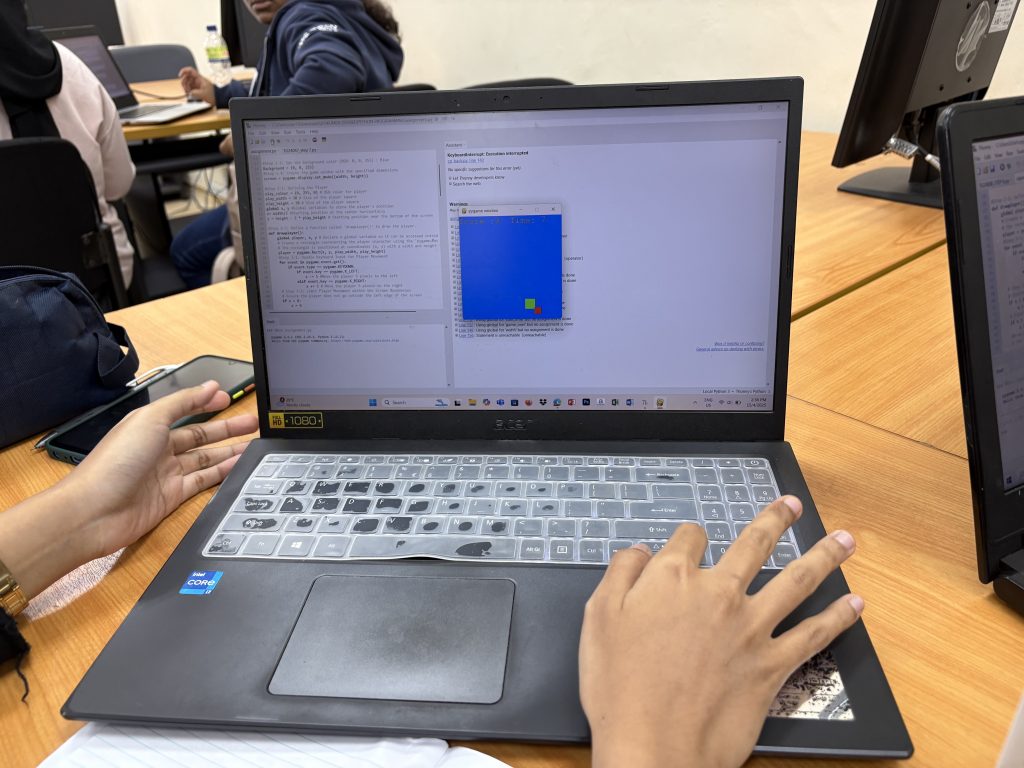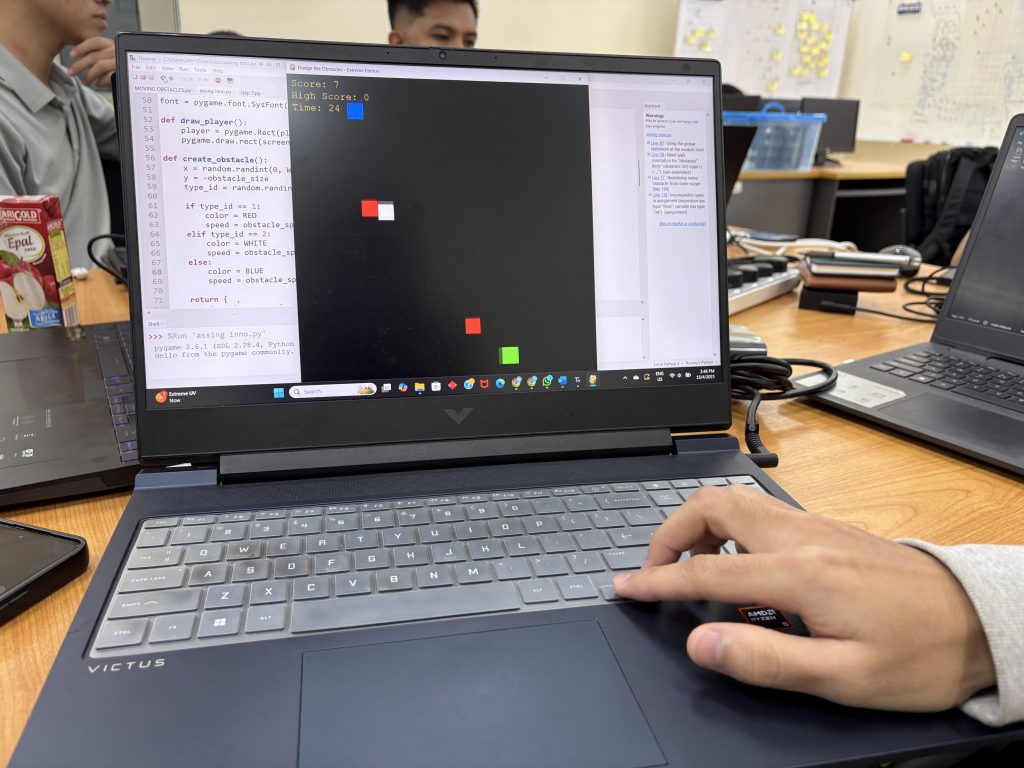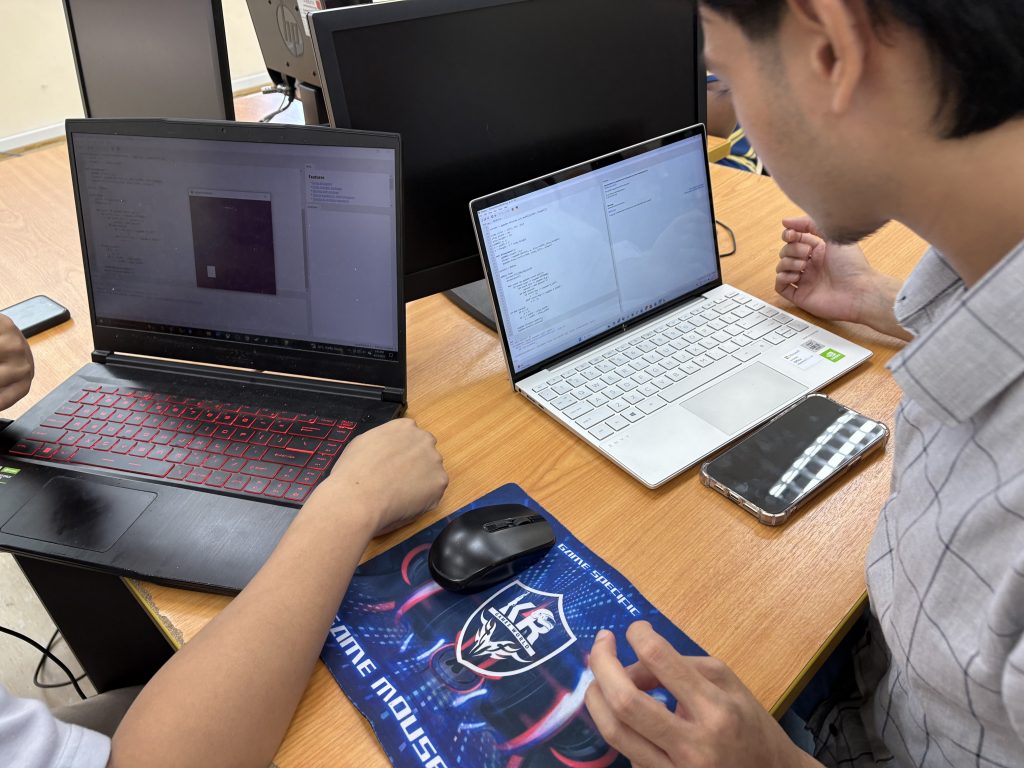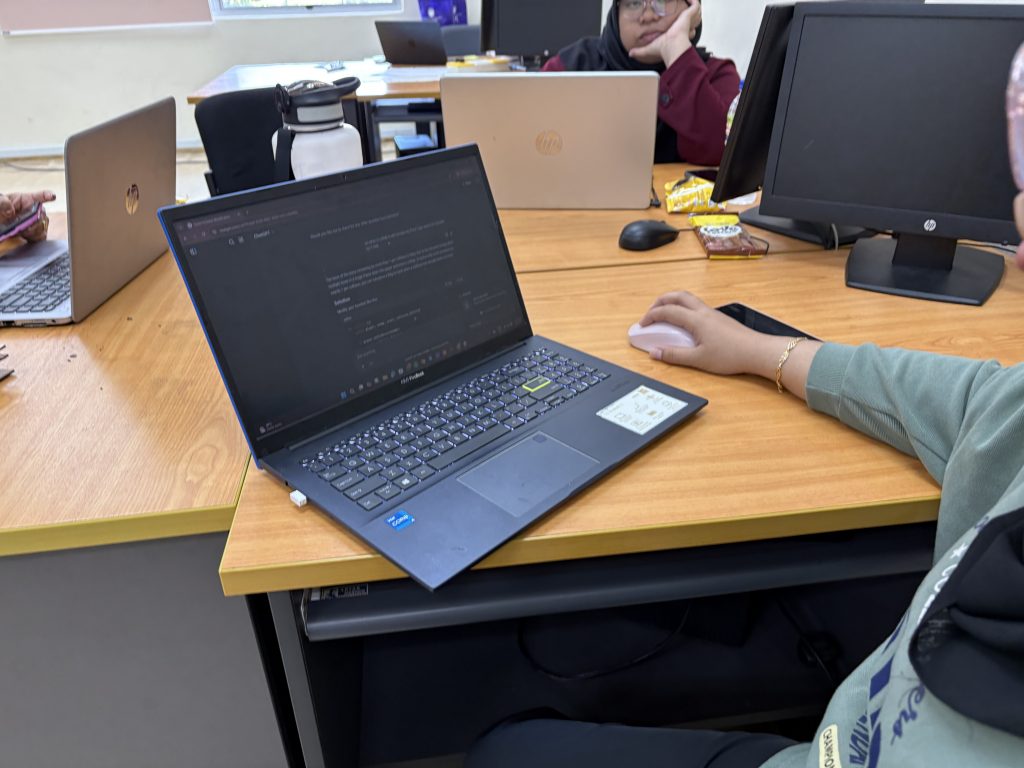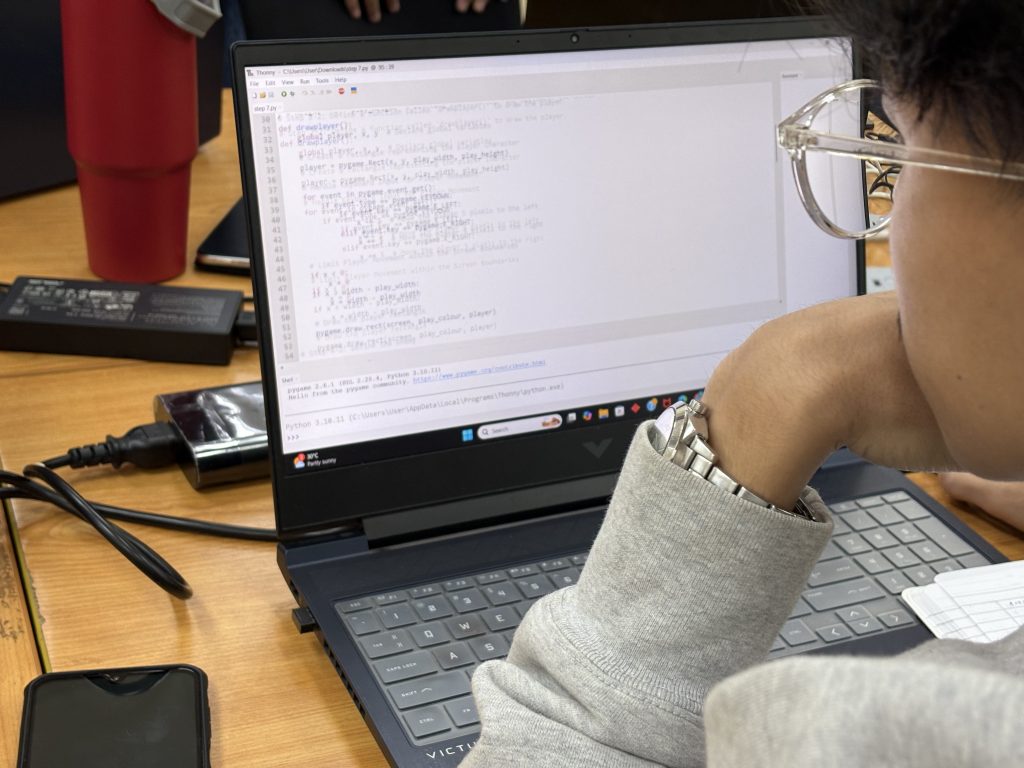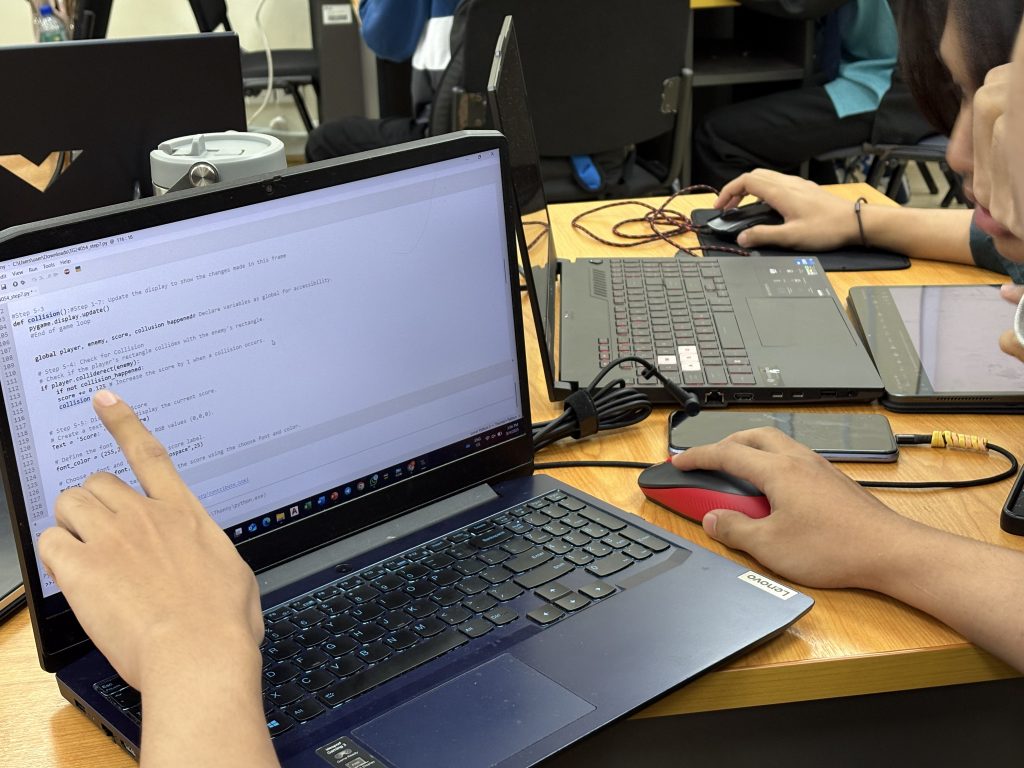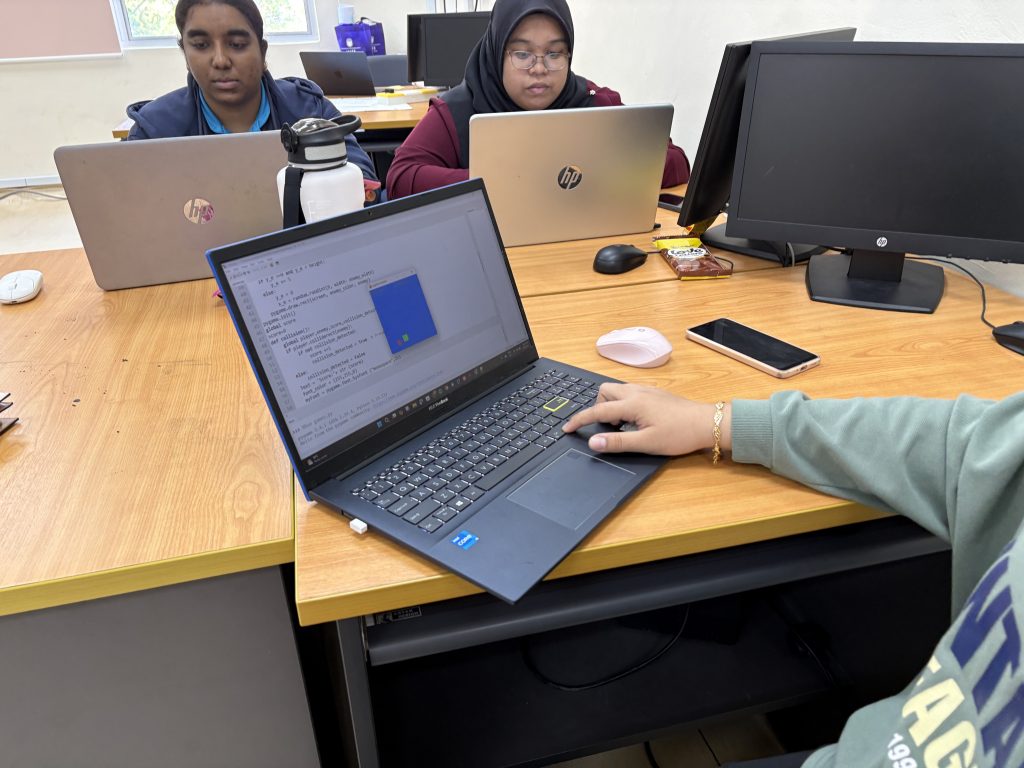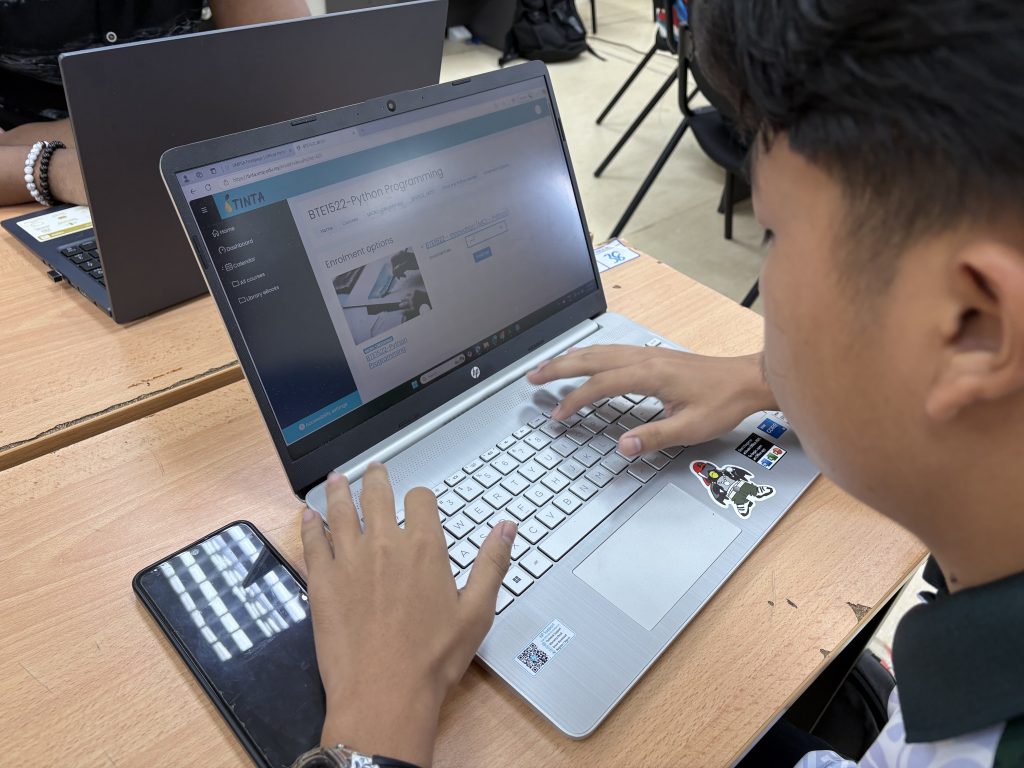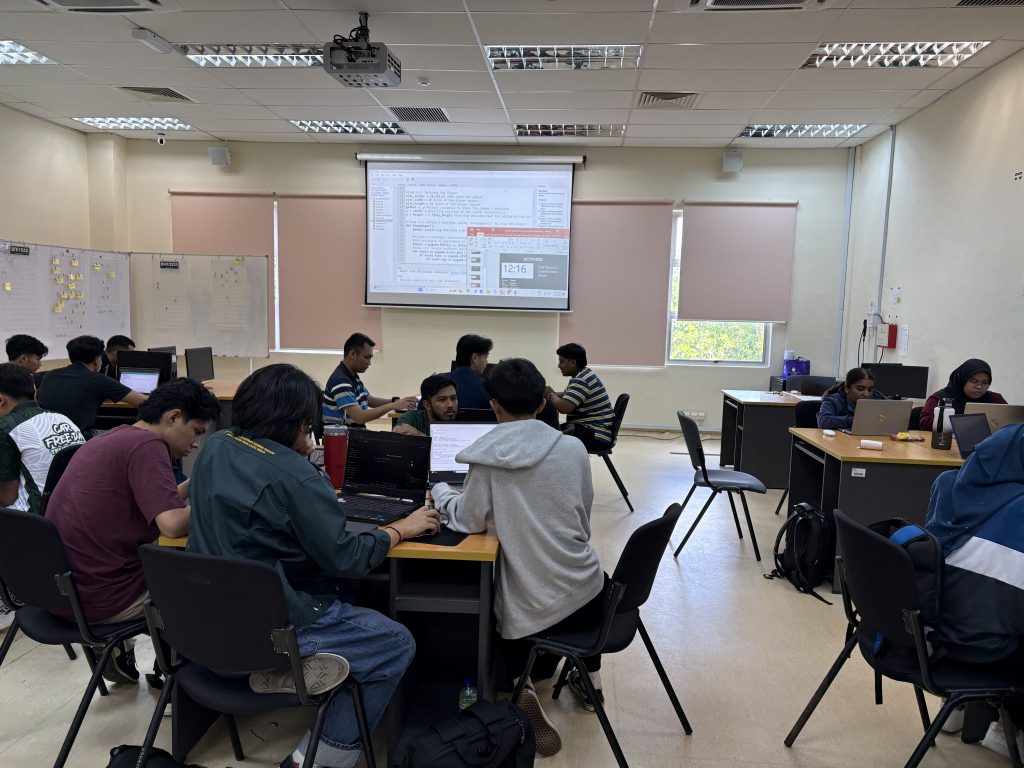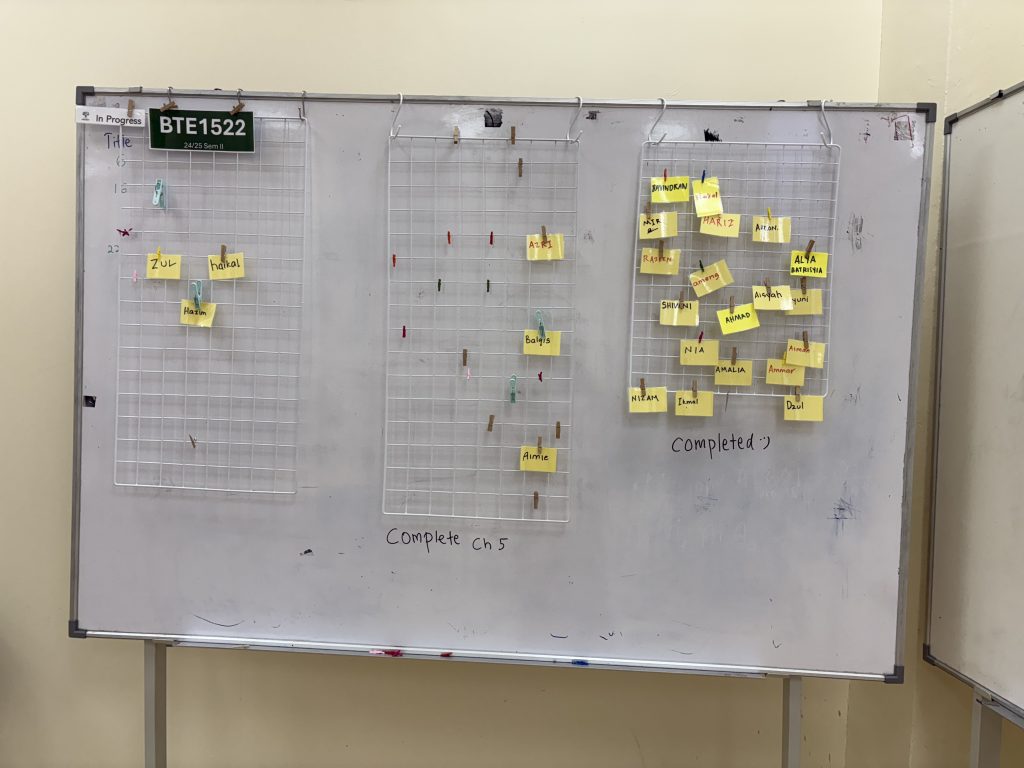The book is finally here!
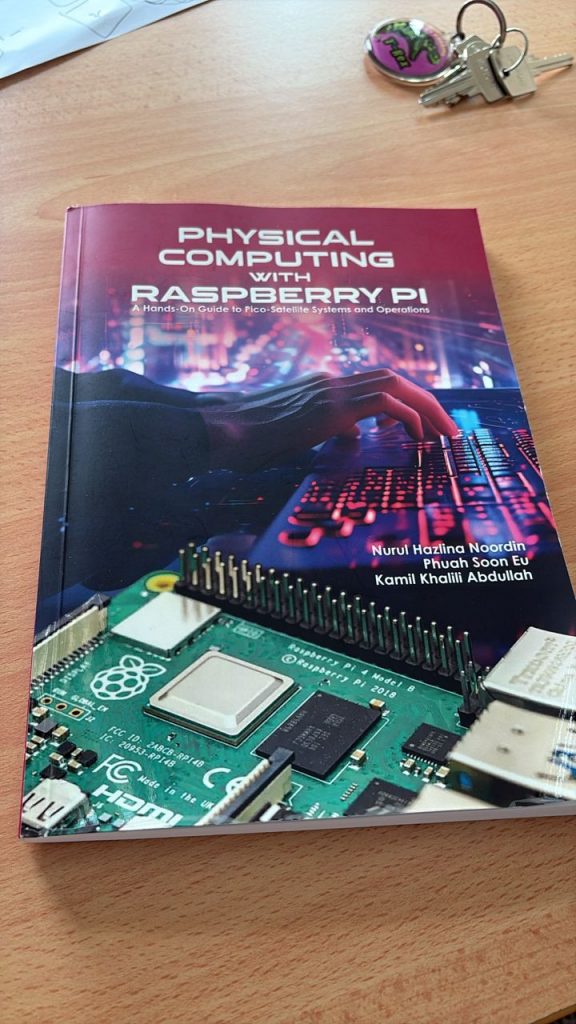
This has been close to my heart for quite some time — thisnew book, Physical Computing with Raspberry Pi: A Hands-On Guide to Pico-Satellite Systems and Operations, is now out!
This book is written for beginners—students, teachers, and anyone curious about embedded systems. It focuses on the Raspberry Pi Pico and Raspberry Pi 4 as platforms for learning. Whether you’re just starting your journey into programming, or you’re ready to connect your code to the physical world, this book is here to guide you through that process.
The motivation came from a simple but powerful belief, we learn best by making 🙂.
Programming, to me, becomes much more meaningful when it’s tied to real-world projects. That’s why this book doesn’t just explain concepts—it walks you through building things. Some are software-based, like interactive games. Others are hardware-based, like functional pico-satellites. Both types of projects help learners connect abstract code to tangible outcomes.
The seed for this book was planted during the MYSA SiswaSAT Challenge back in 2020, a nationwide student satellite initiative. I had the chance to work with a brilliant group of six mentors from the UMP STEM Lab, led by Kamil and Phuah. Together, they built a full working model of a pico-satellite—complete with a parachute—and tested it using a drone. Watching that small satellite take flight was inspiring. But even more rewarding was witnessing how much they had learned – system design, coding, troubleshooting, teamwork, and resilience – and that was during MCO – with lockdown, online discussions era!
That experience stayed with me.
A satellite, even a simulated one, offers so many layers of learning. From designing the onboard computer (OBC), to setting up communications, managing power with batteries, and designing payloads—it’s a beautiful mix of challenges. Once the system collects data, there’s a whole new task: visualizing it, in real time or offline. These aren’t just engineering problems—they’re opportunities to teach programming, electronics, critical thinking, and creativity.
Research in Engineering Education Mechatronics – REM 2024
The book is designed around tiered scaffolding principles—starting with the basics, building confidence, and gradually introducing more complex challenges. It begins with an introduction to physical computing, then explores how Raspberry Pi boards are used in satellite design. You’ll find hands-on projects, real-world examples, and guidance to build systems that actually work.
Few relevant articles on tiered scaffolding:-
IEEE Transactions on Education
Research in Engineering Education Mechatronics – REM 2024
It’s a learning journey that starts small and grows big—just like how learning should be.
This book is also a tribute to all the students, mentors, and teachers who’ve participated in UMPSA STEM Lab activities over the years. Your questions, ideas, and energy inspired this project. It’s my hope that this book will become a trusted reference for many others like you—those who are just beginning to explore the world of programming and physical computing. Thank you everyone =) .
I truly believe that building things—whether in software or hardware—deepens understanding and brings out the joy of learning. I hope this book helps you get started, and maybe even launch your own learning “satellite.”
Stay curious, keep building, and don’t be afraid to try.
and this book
complements the Python and Raspberry Pi microCredential series below:-

